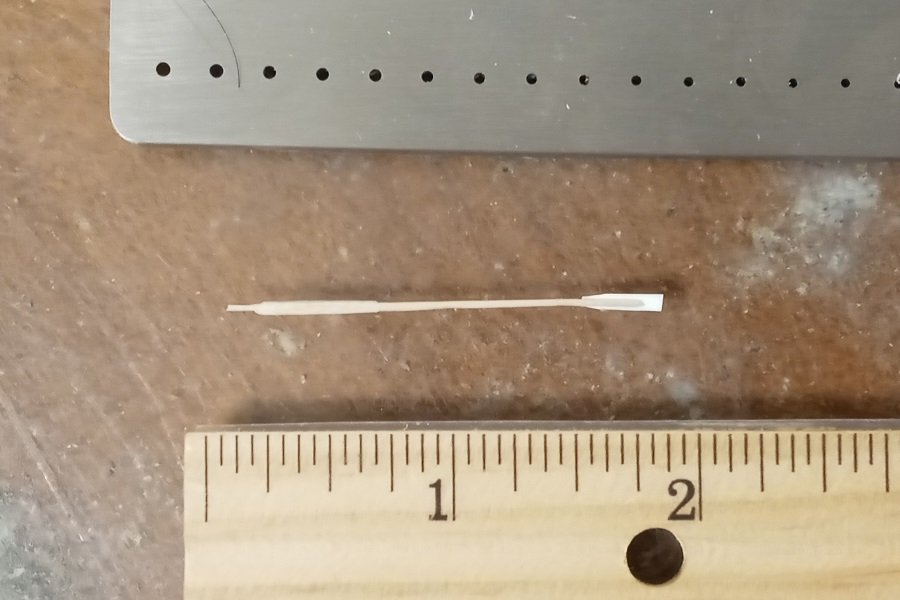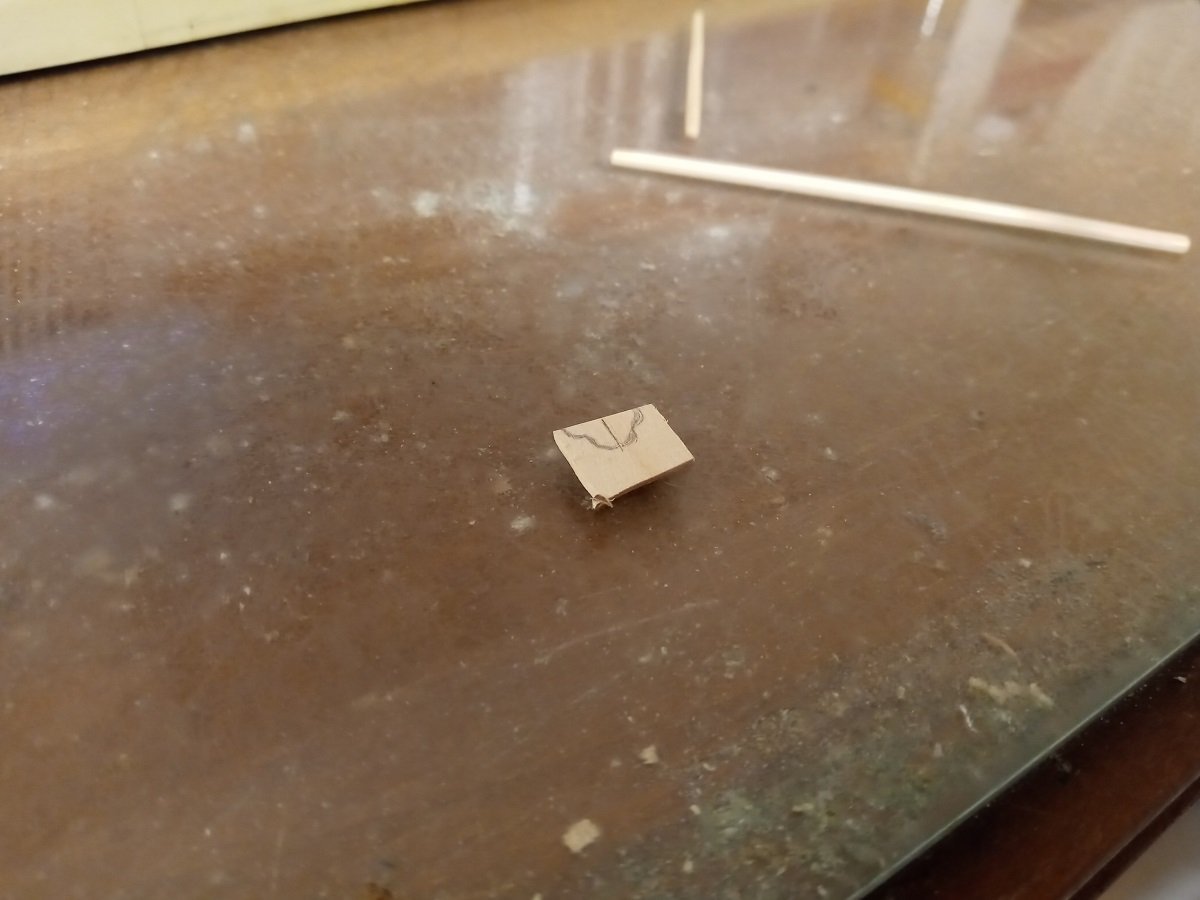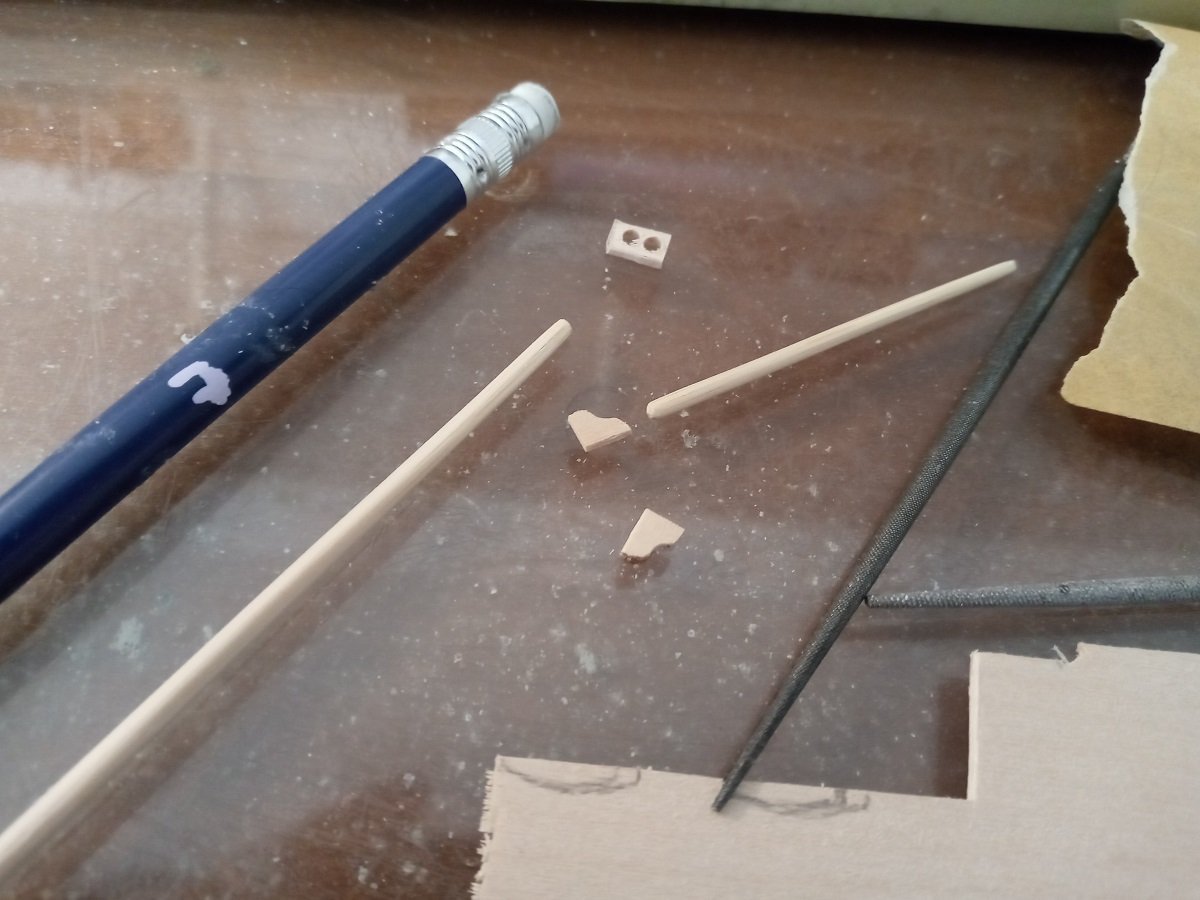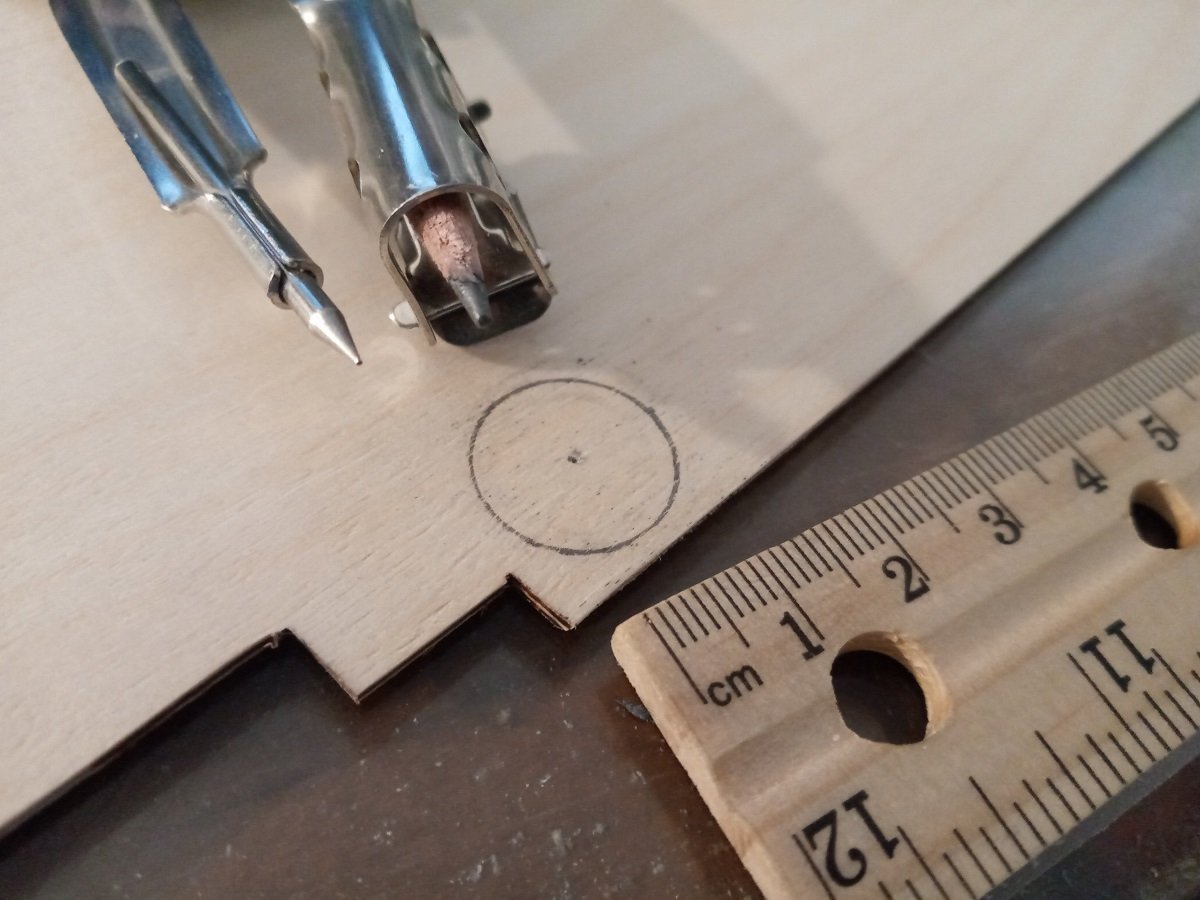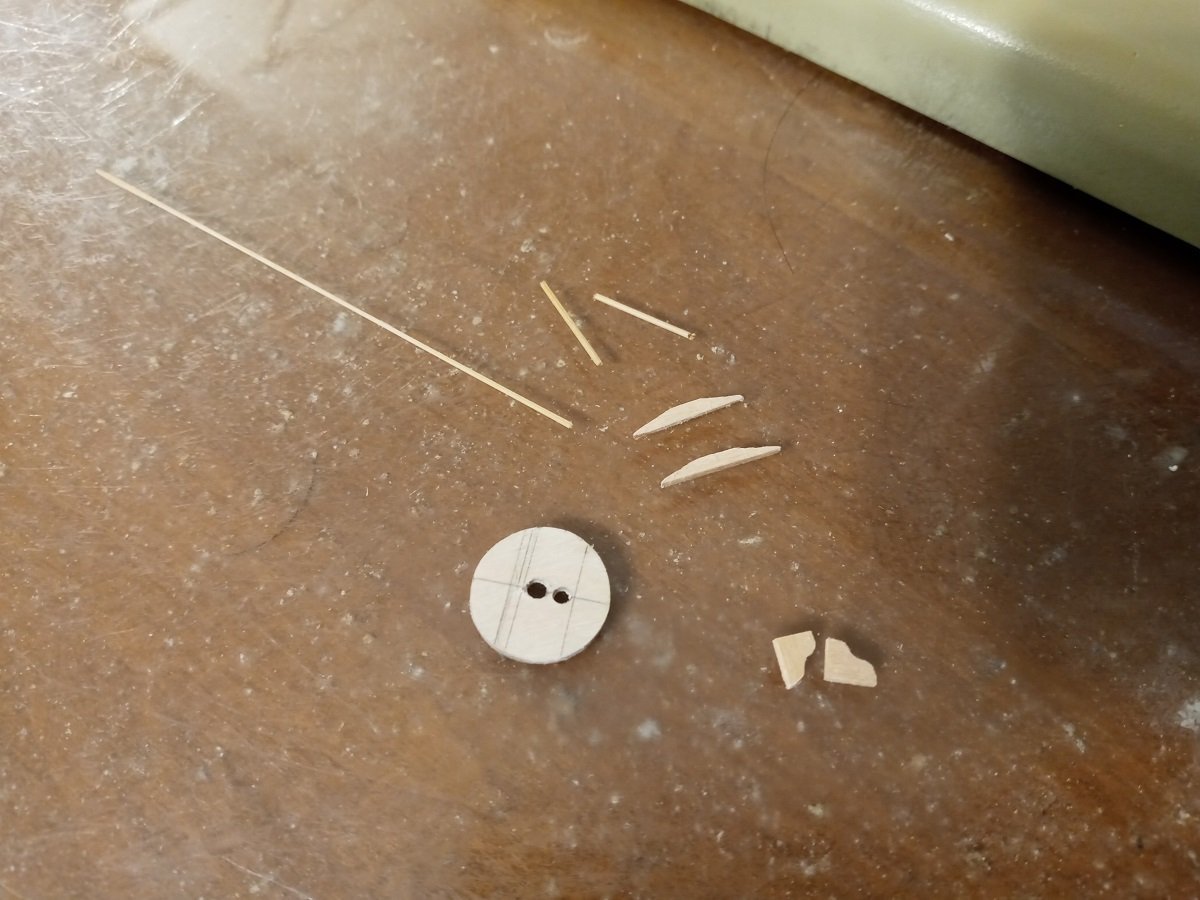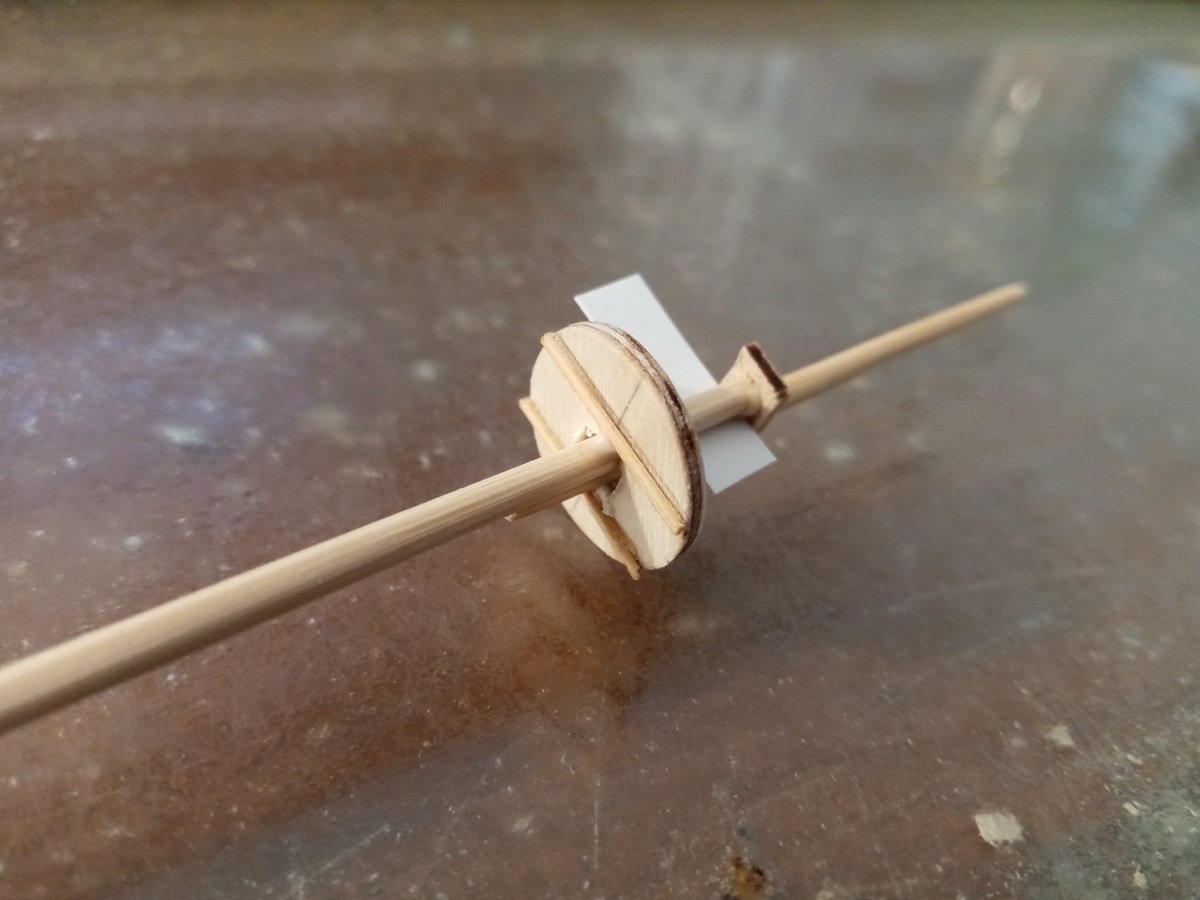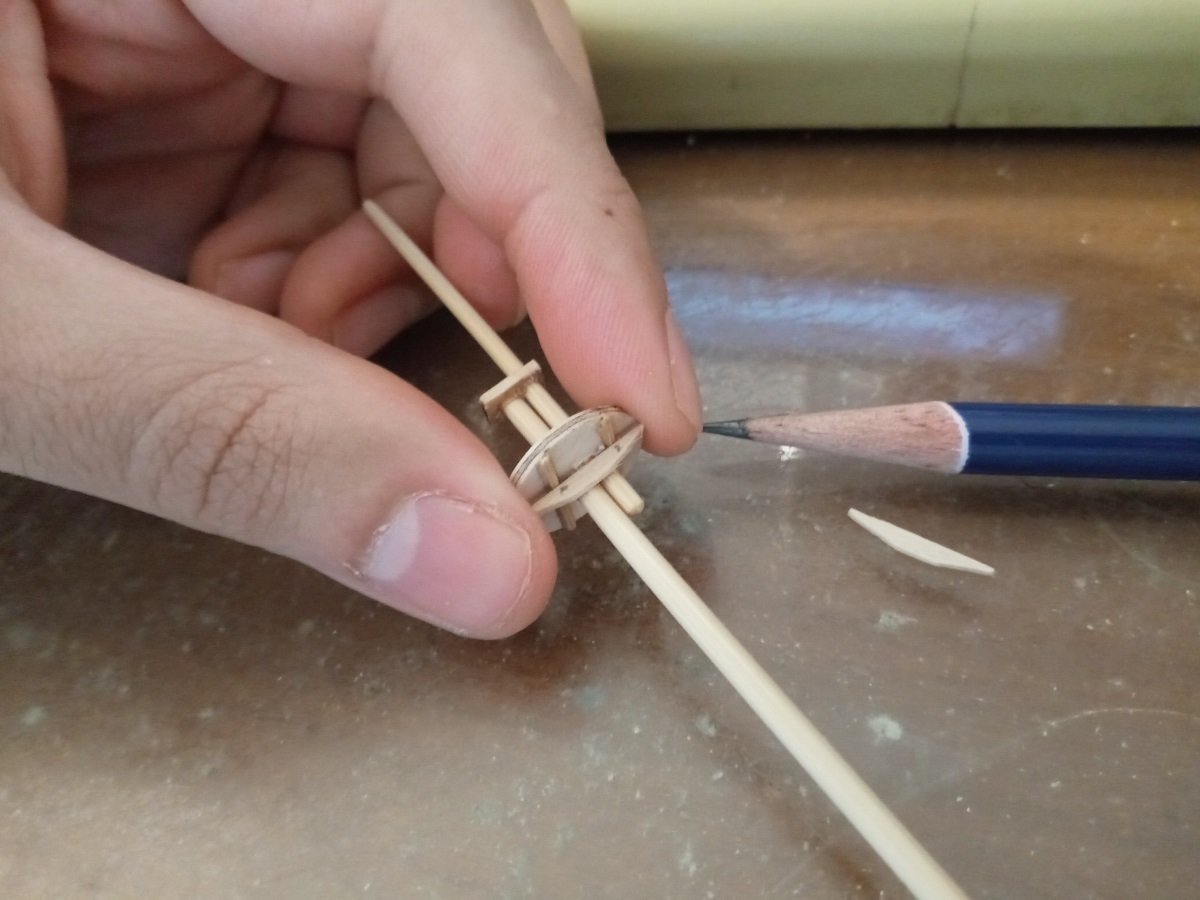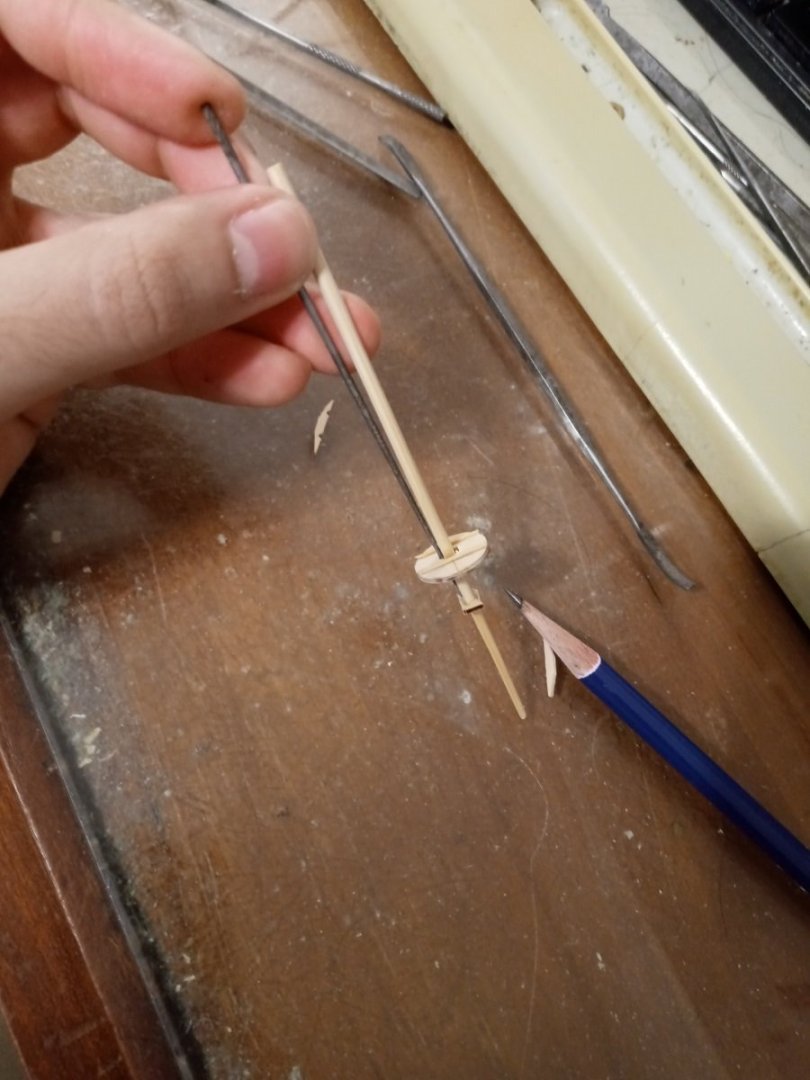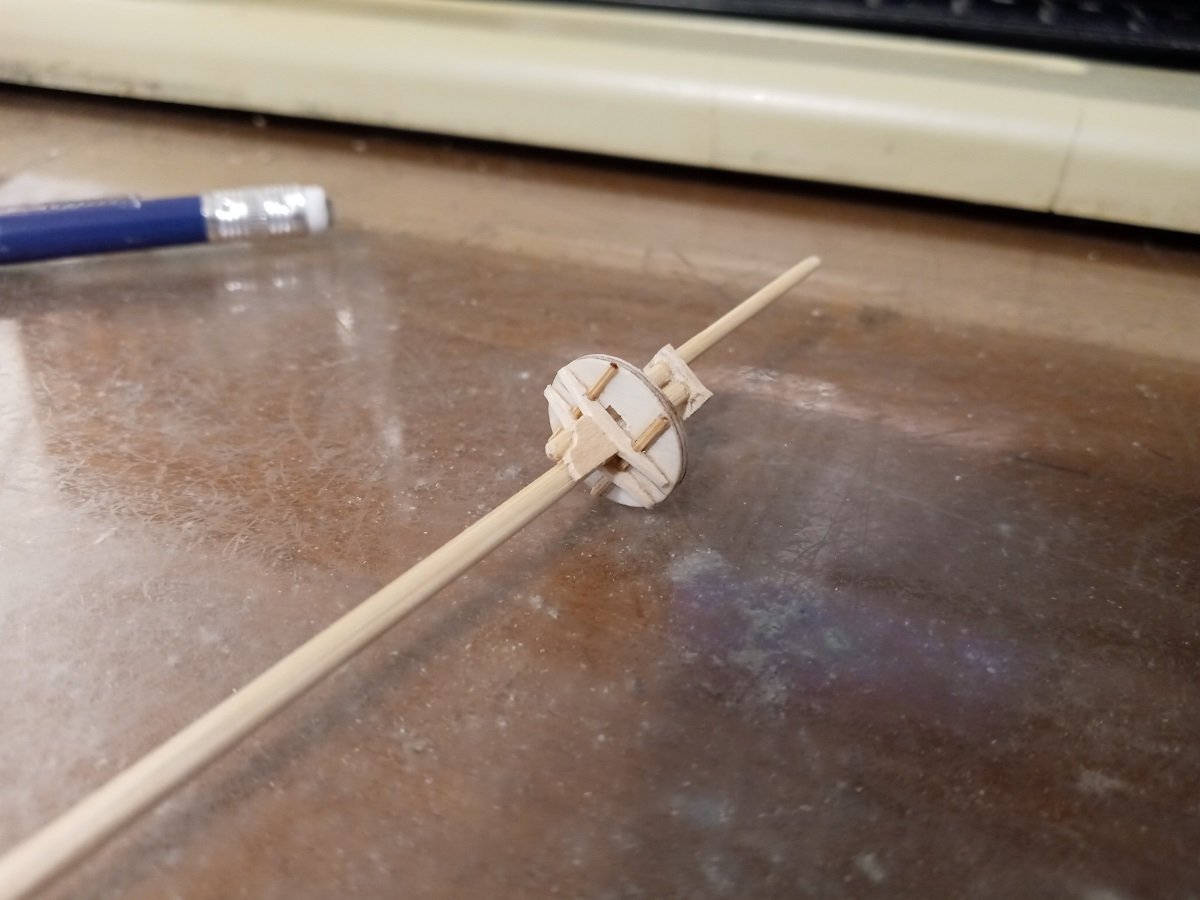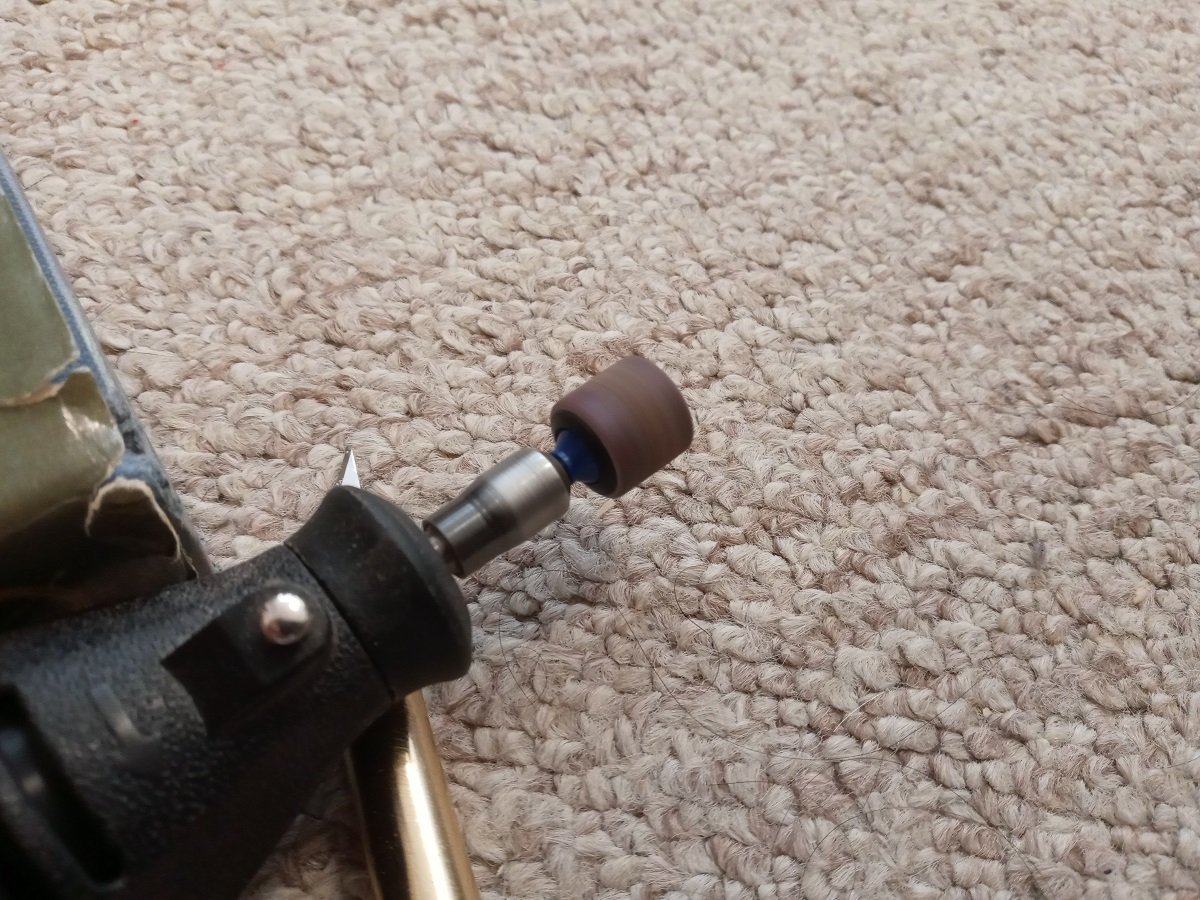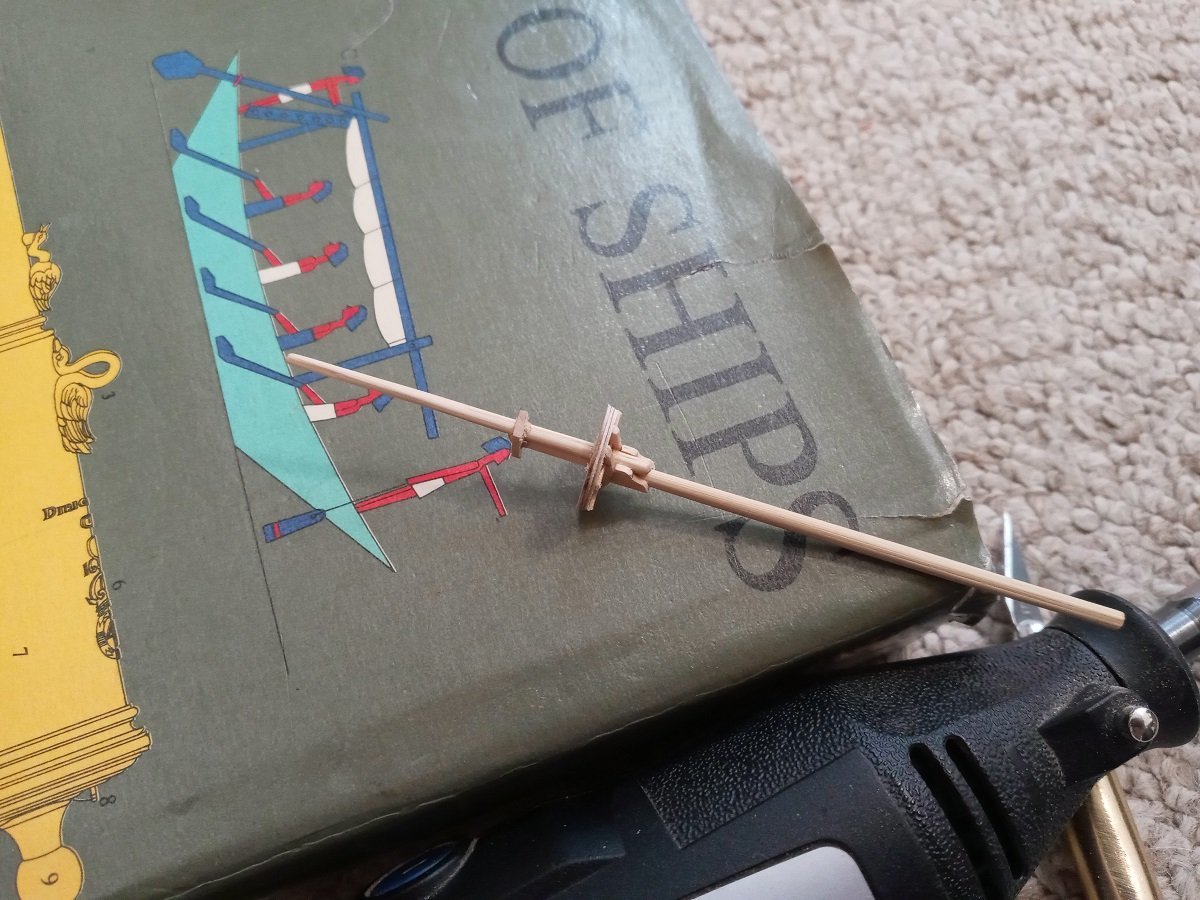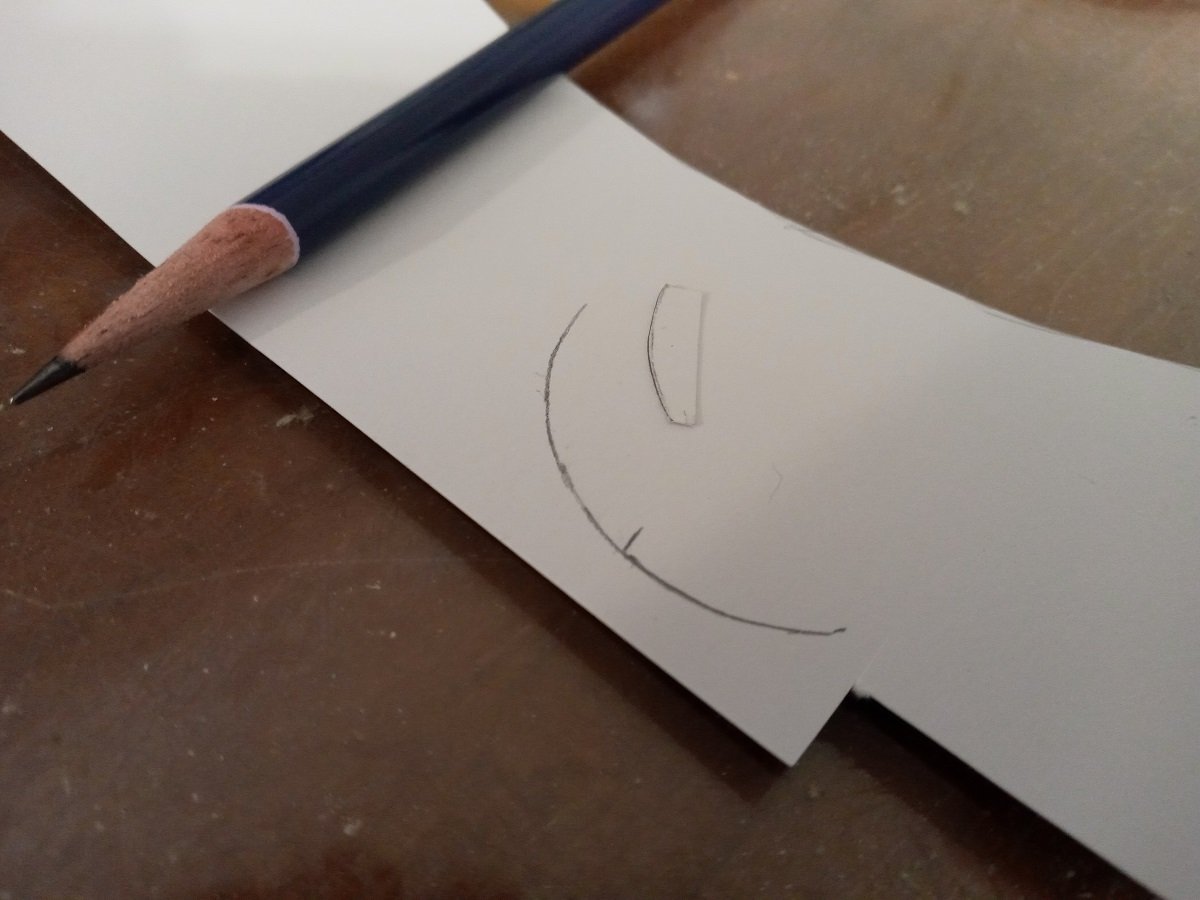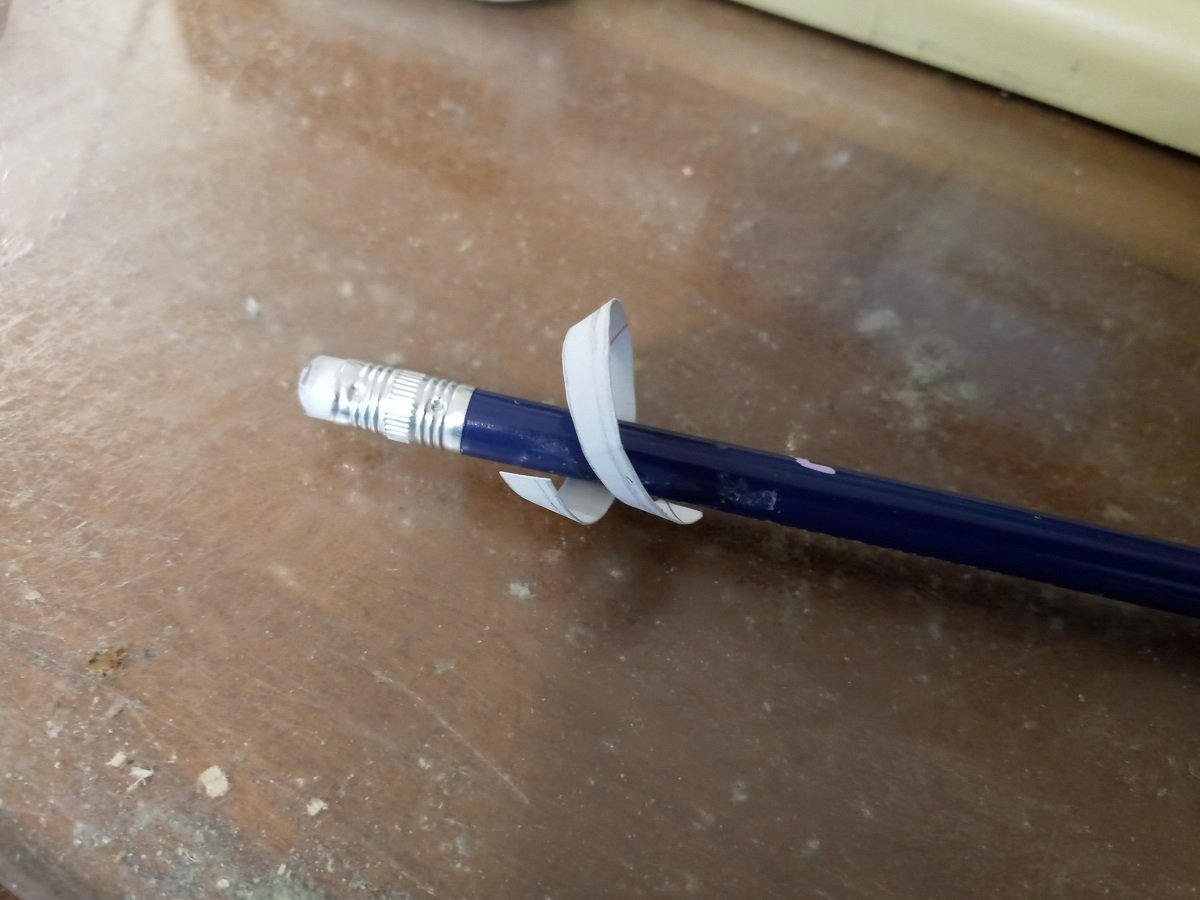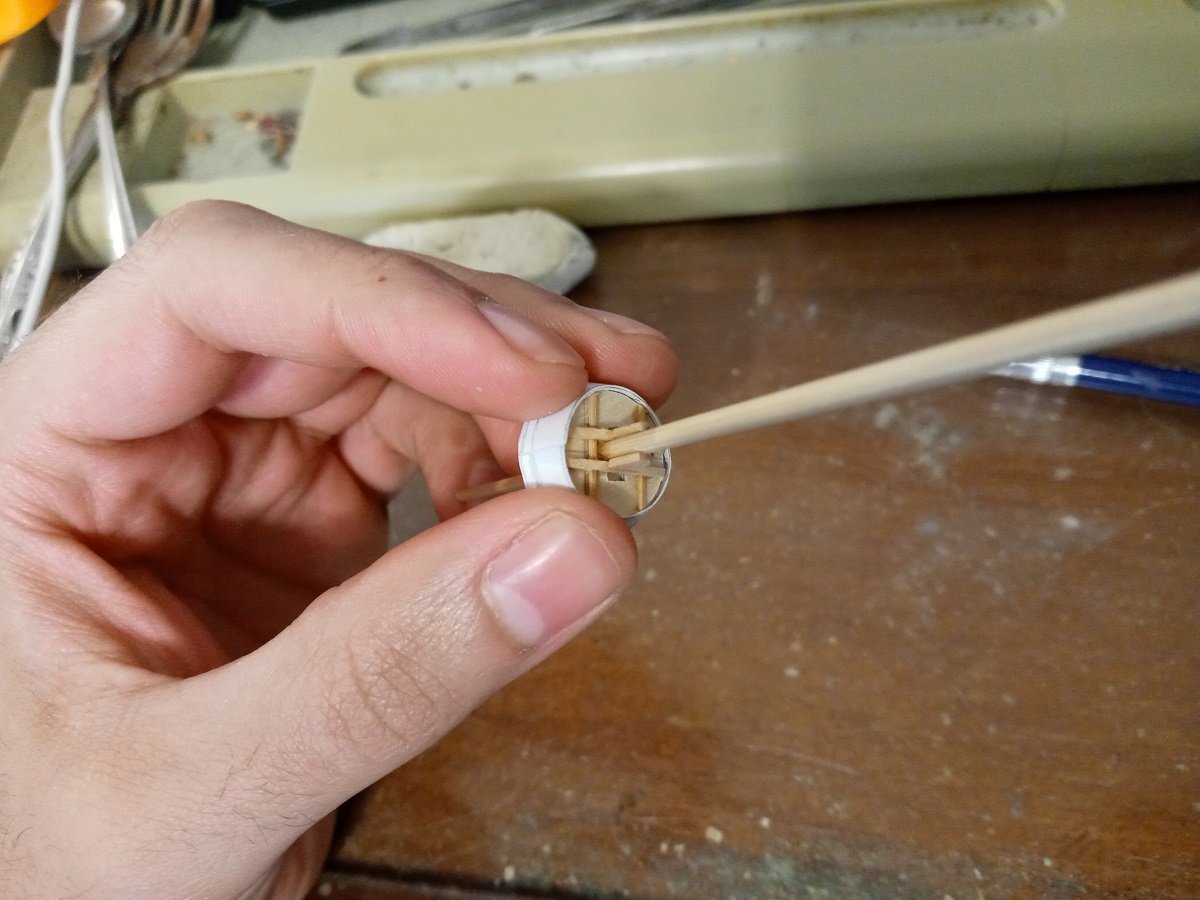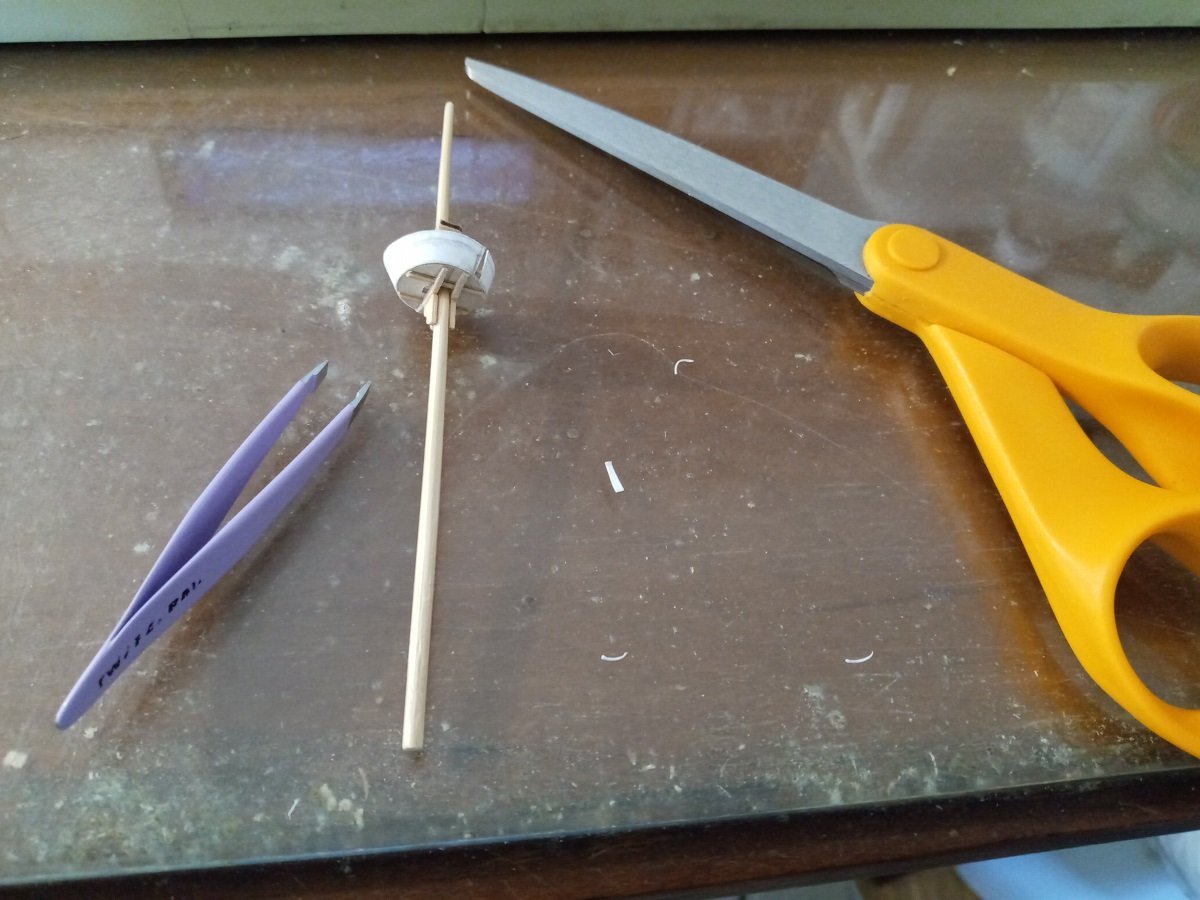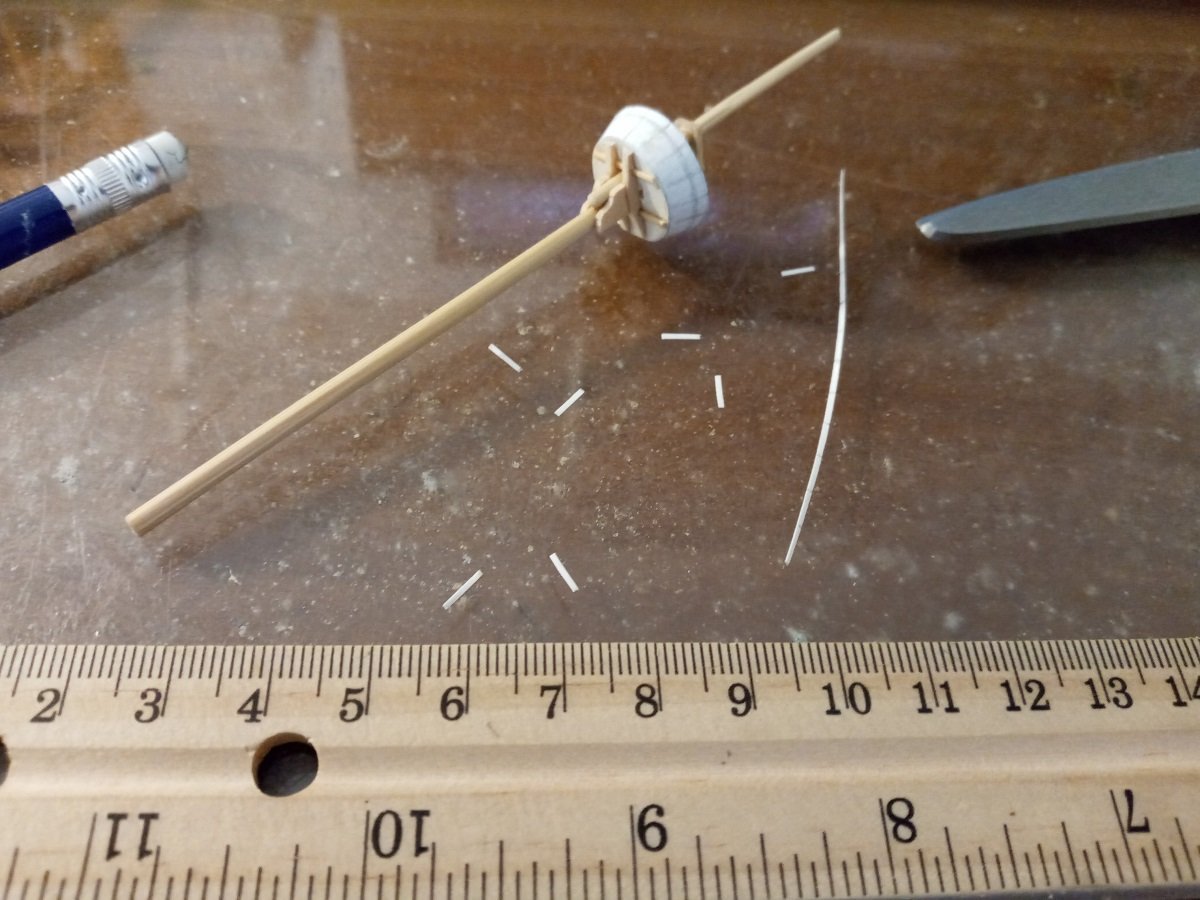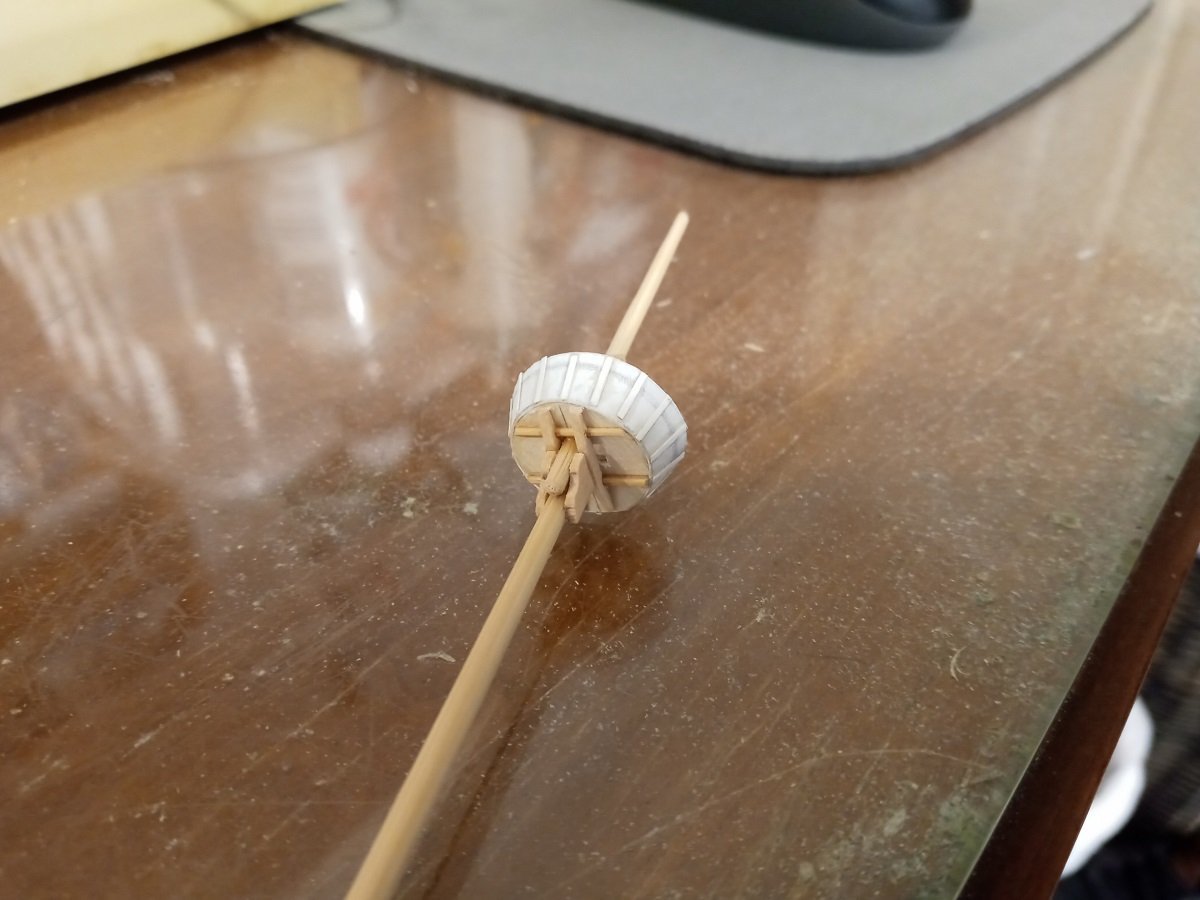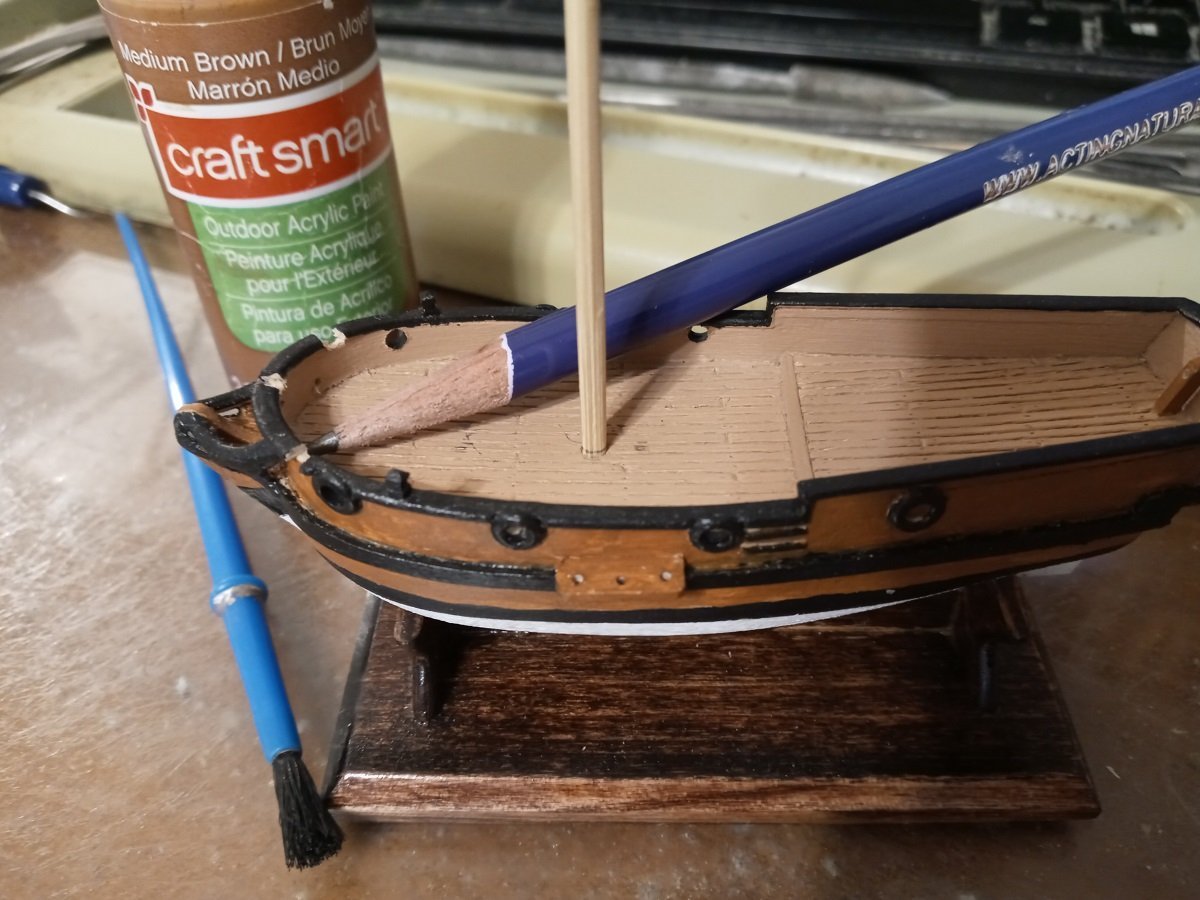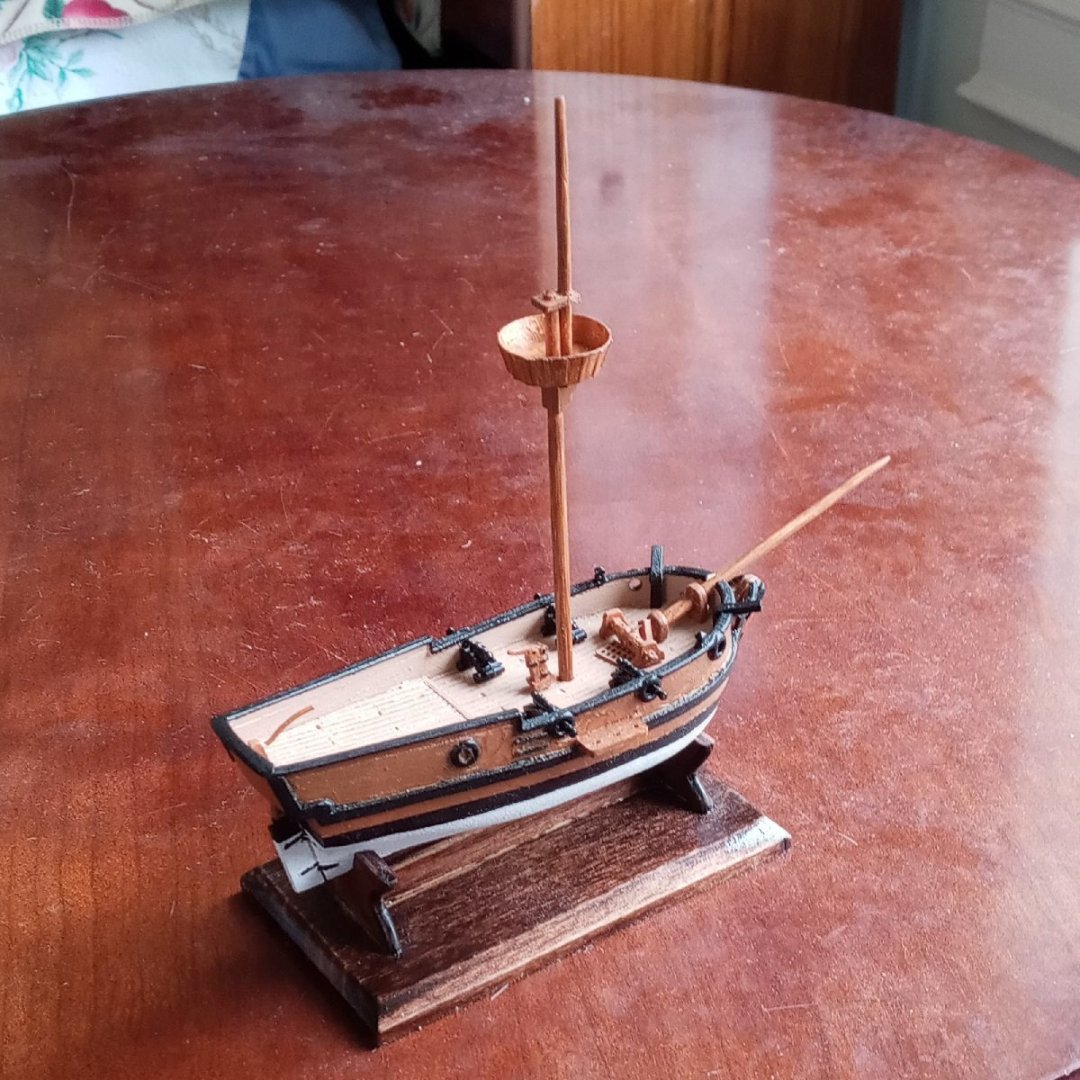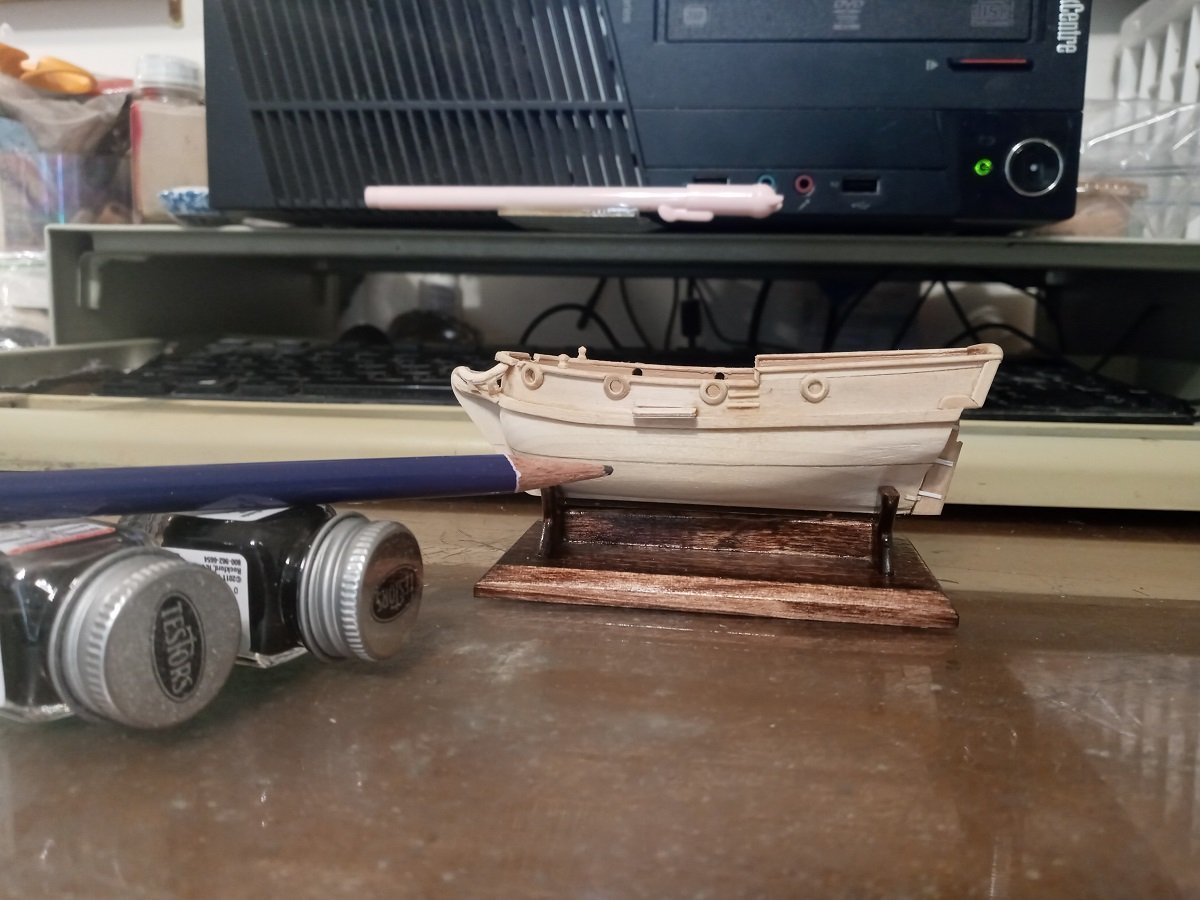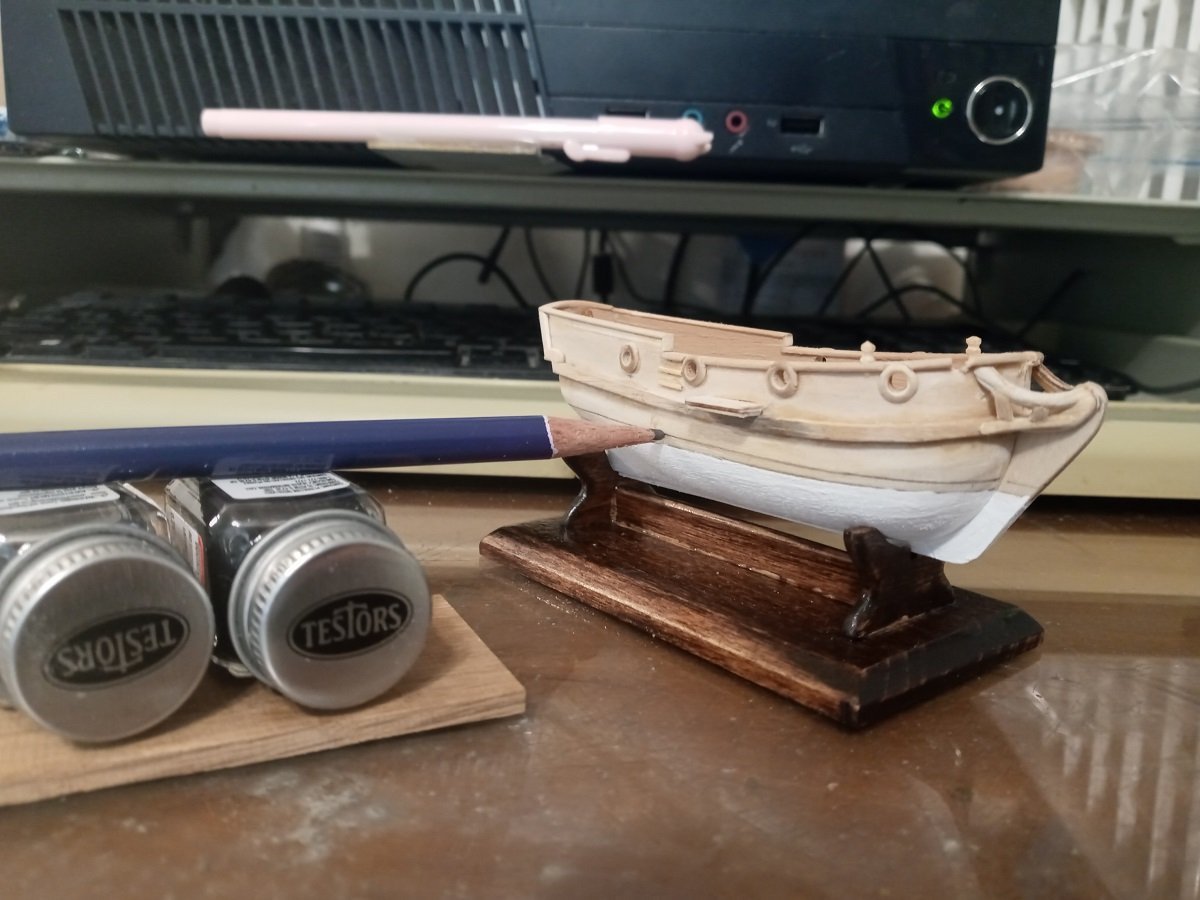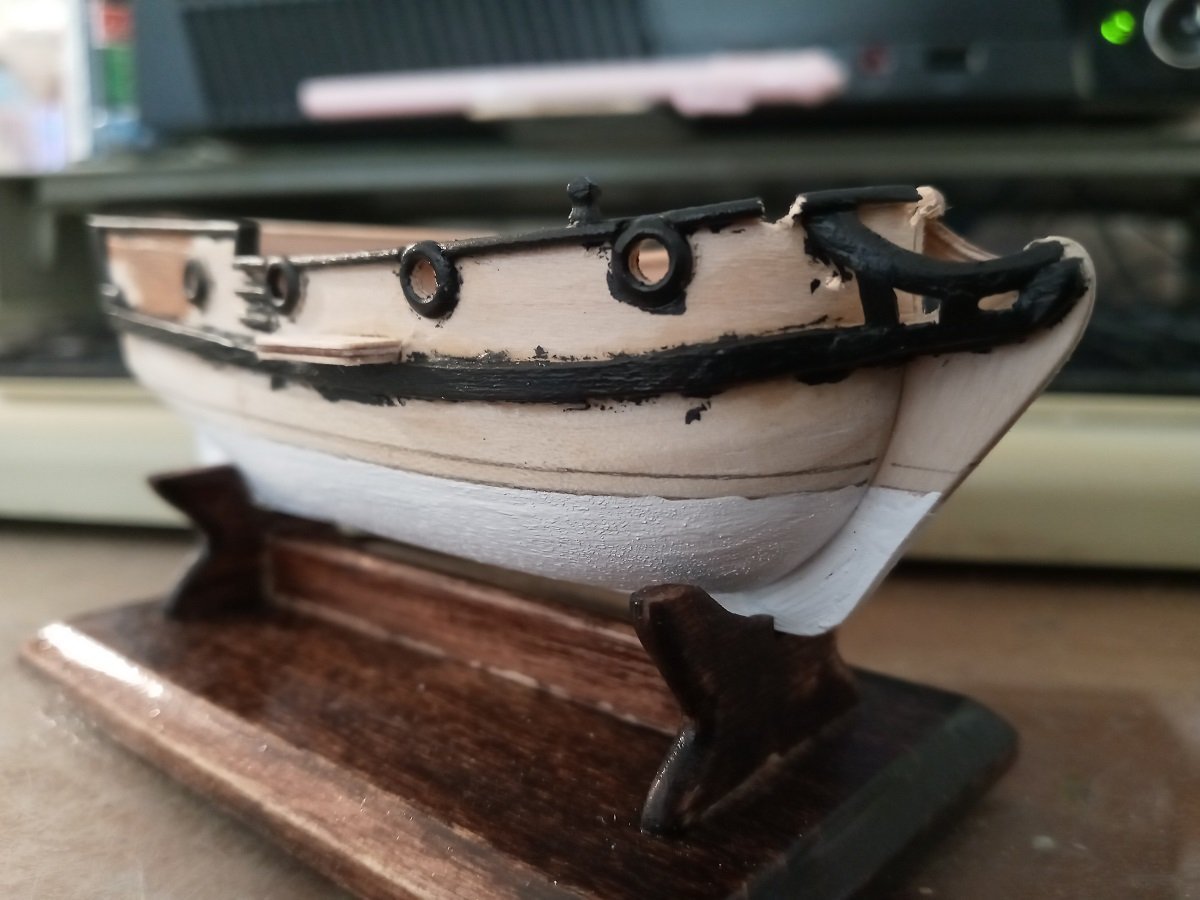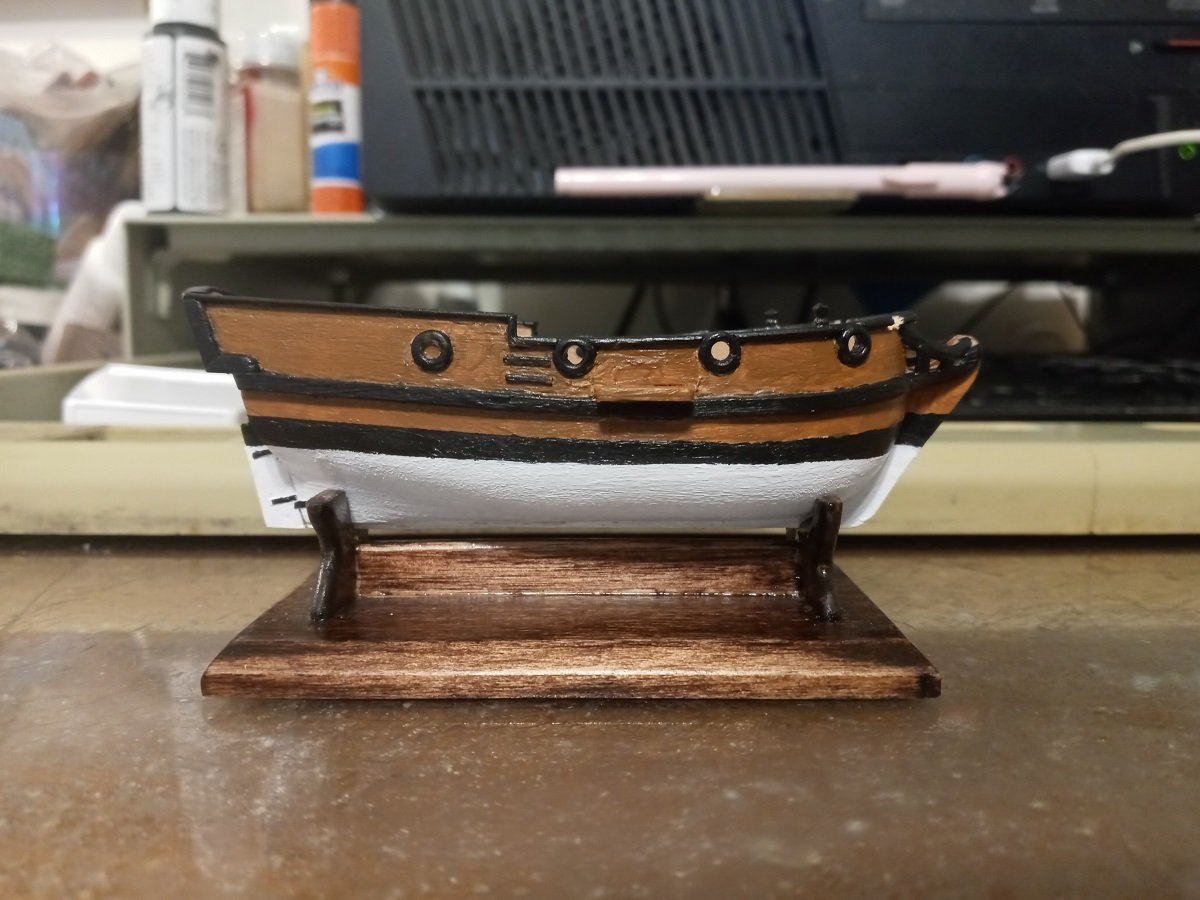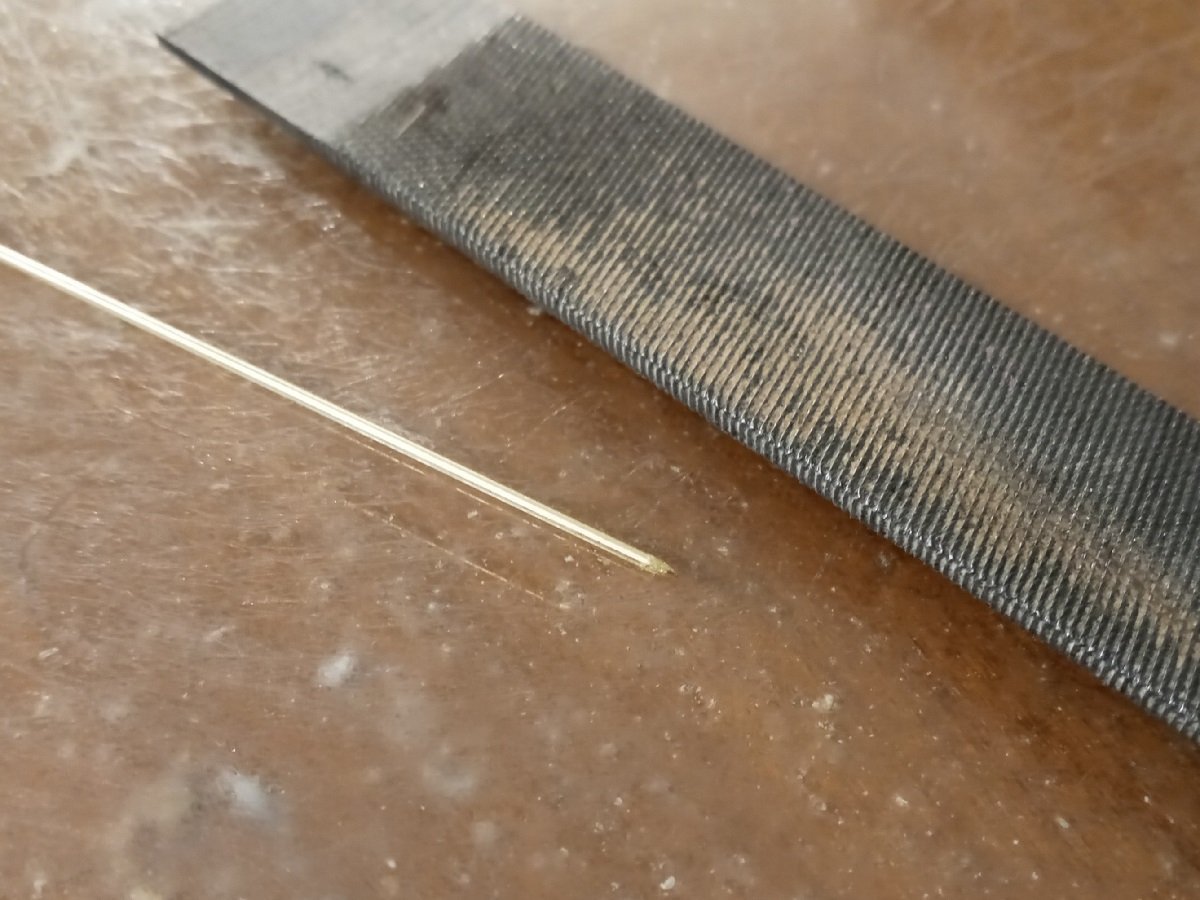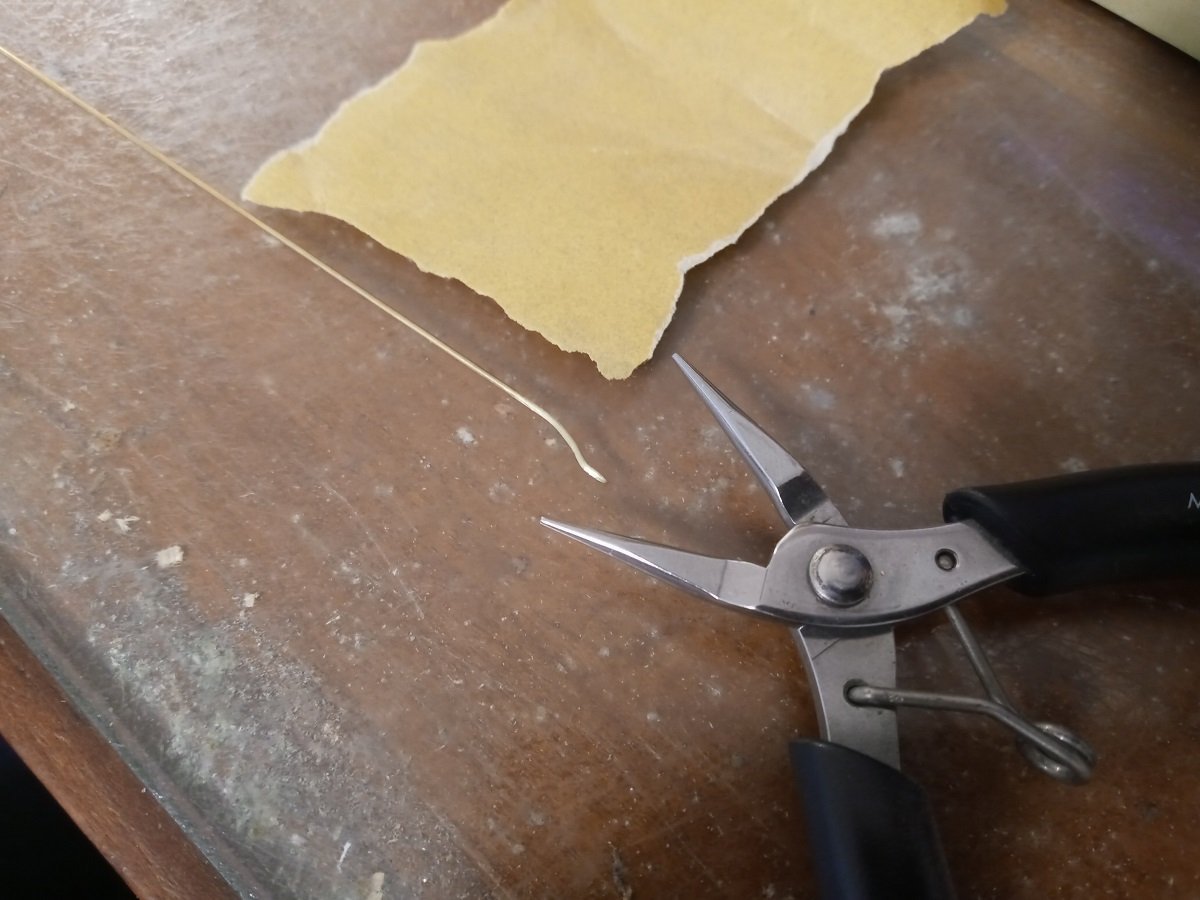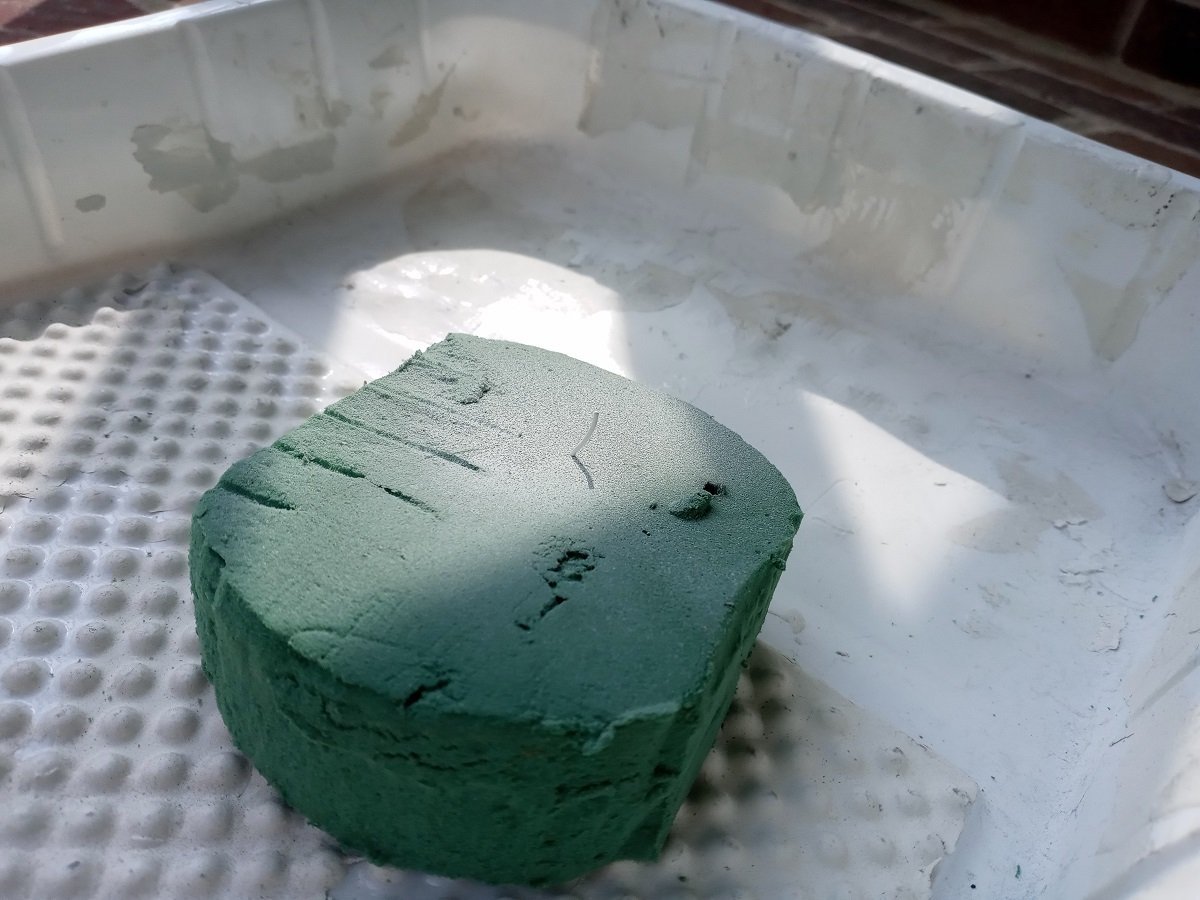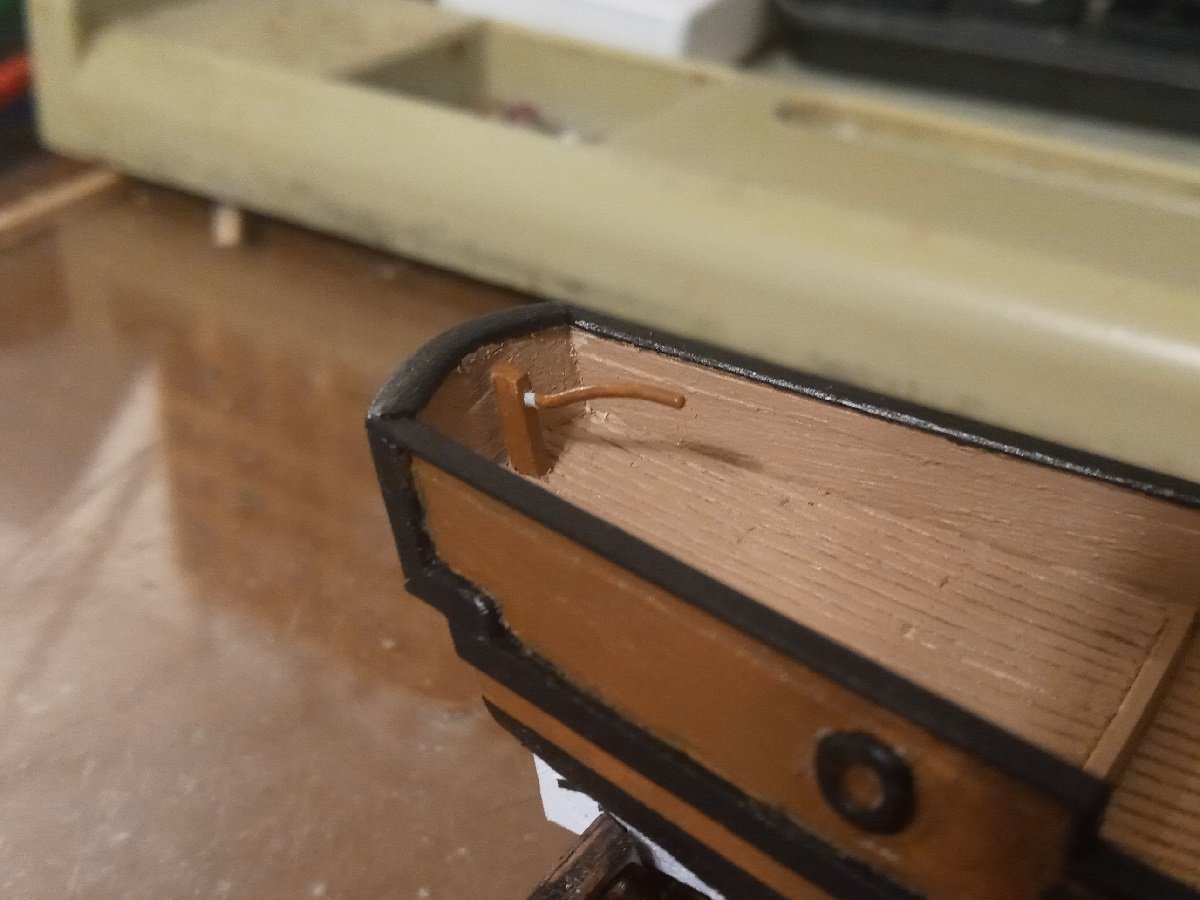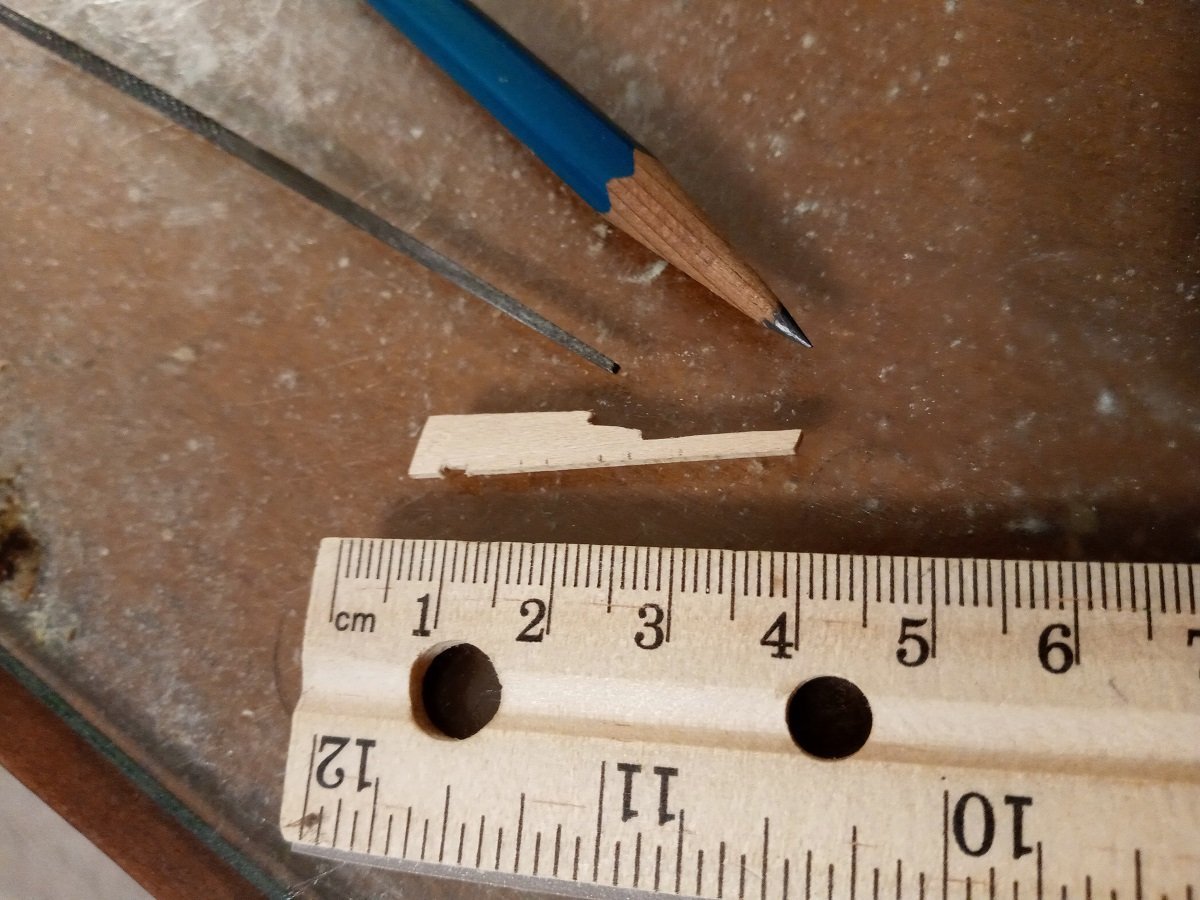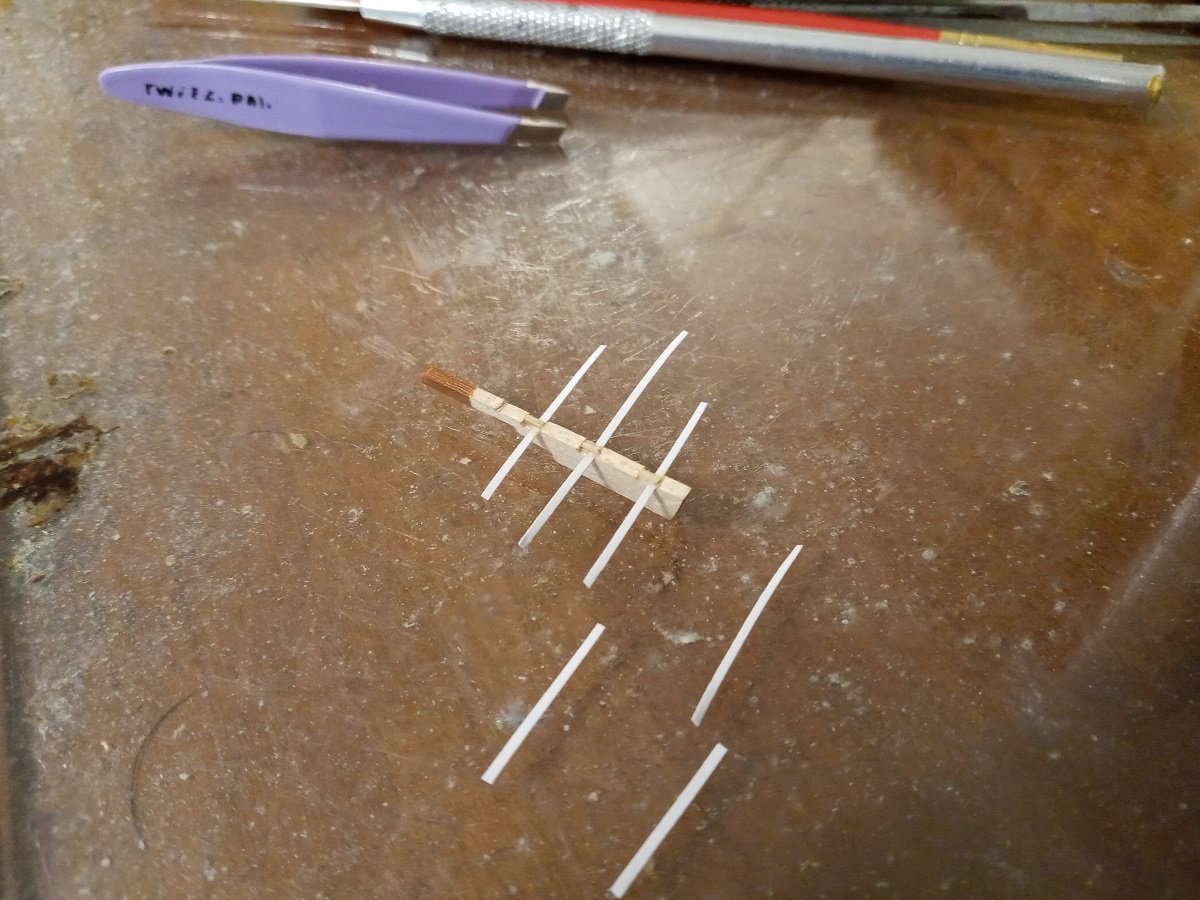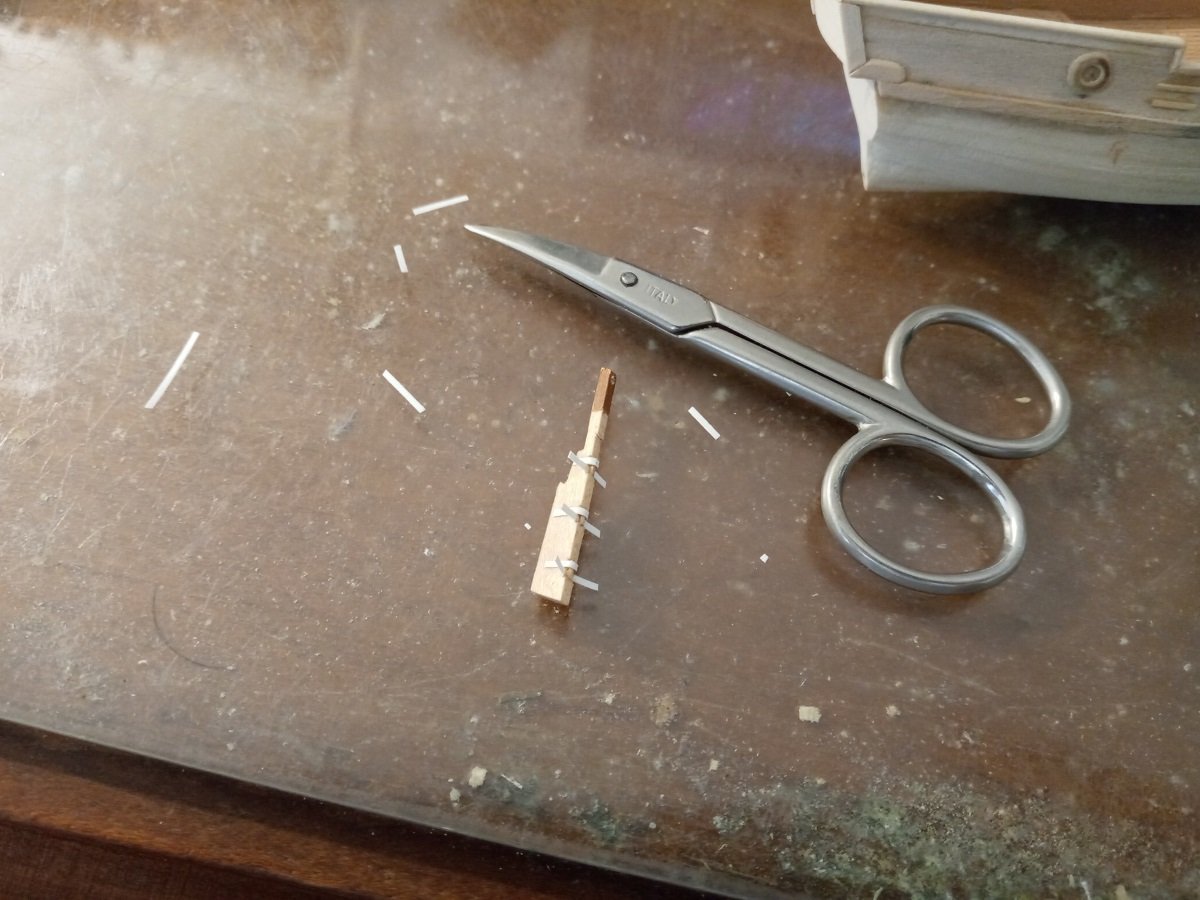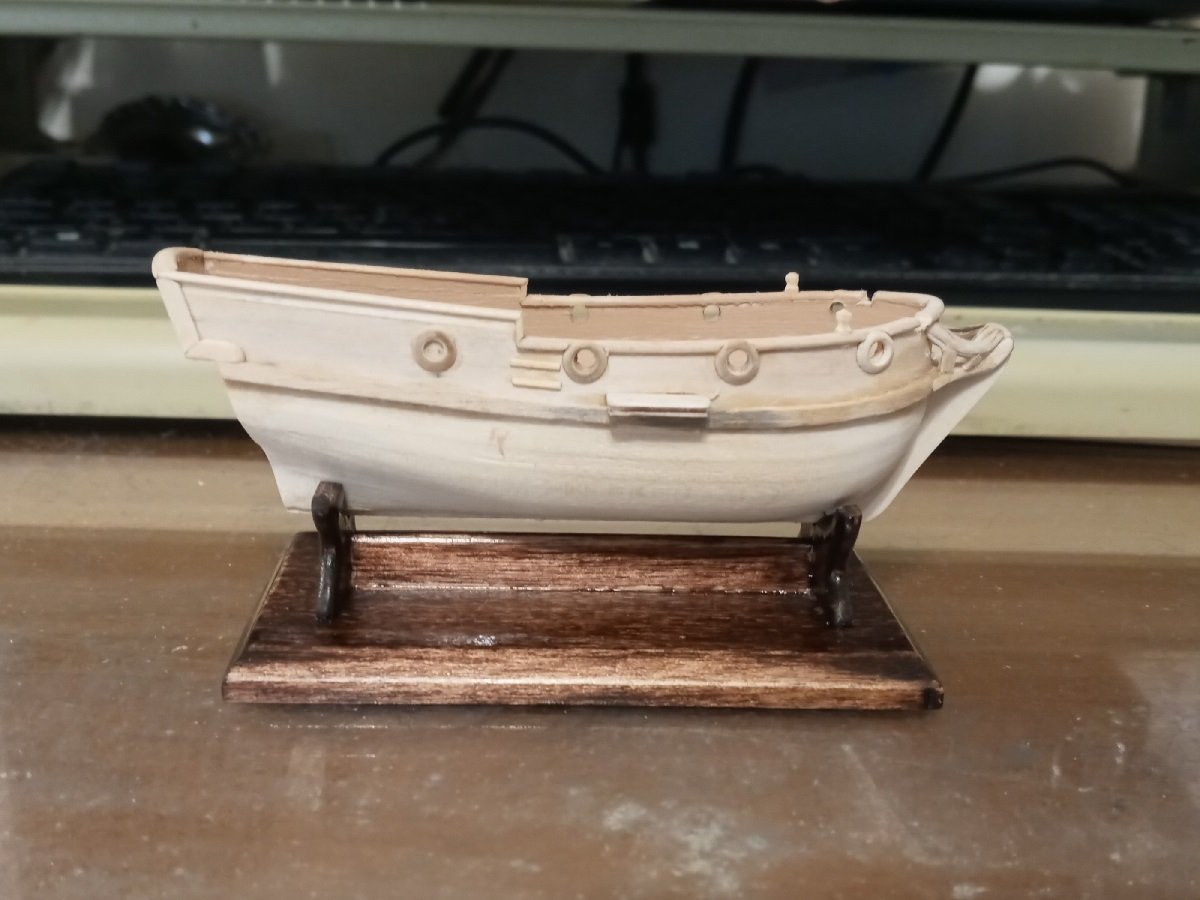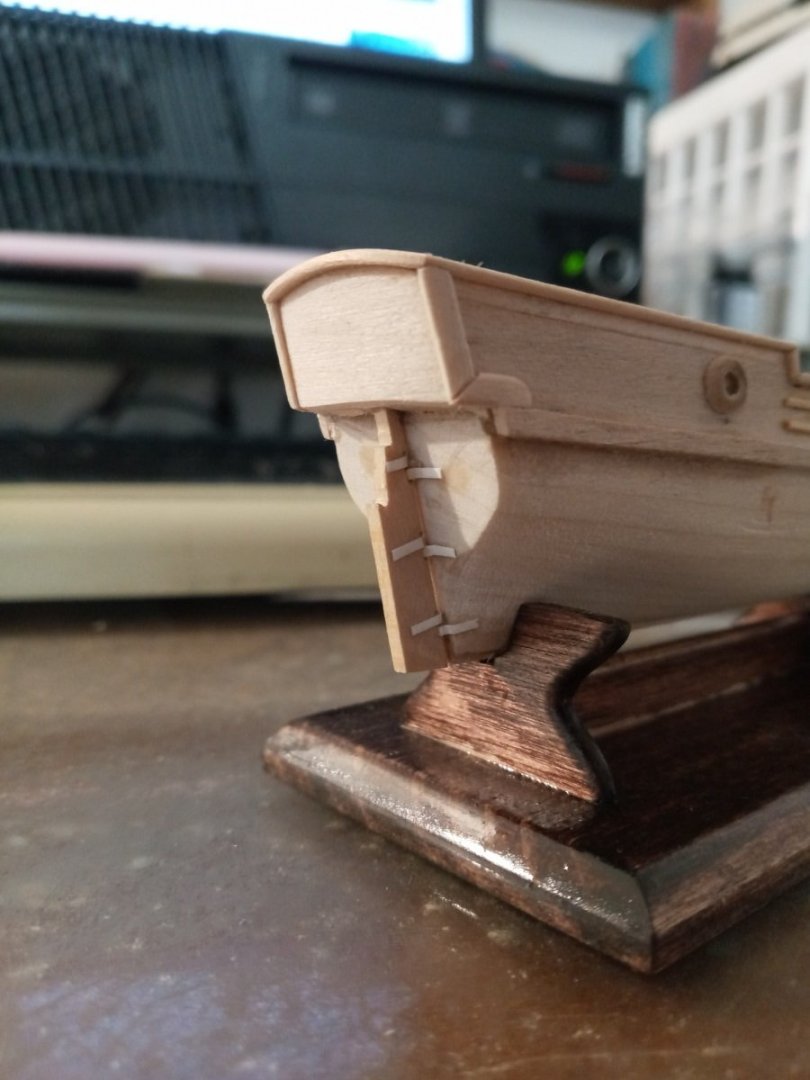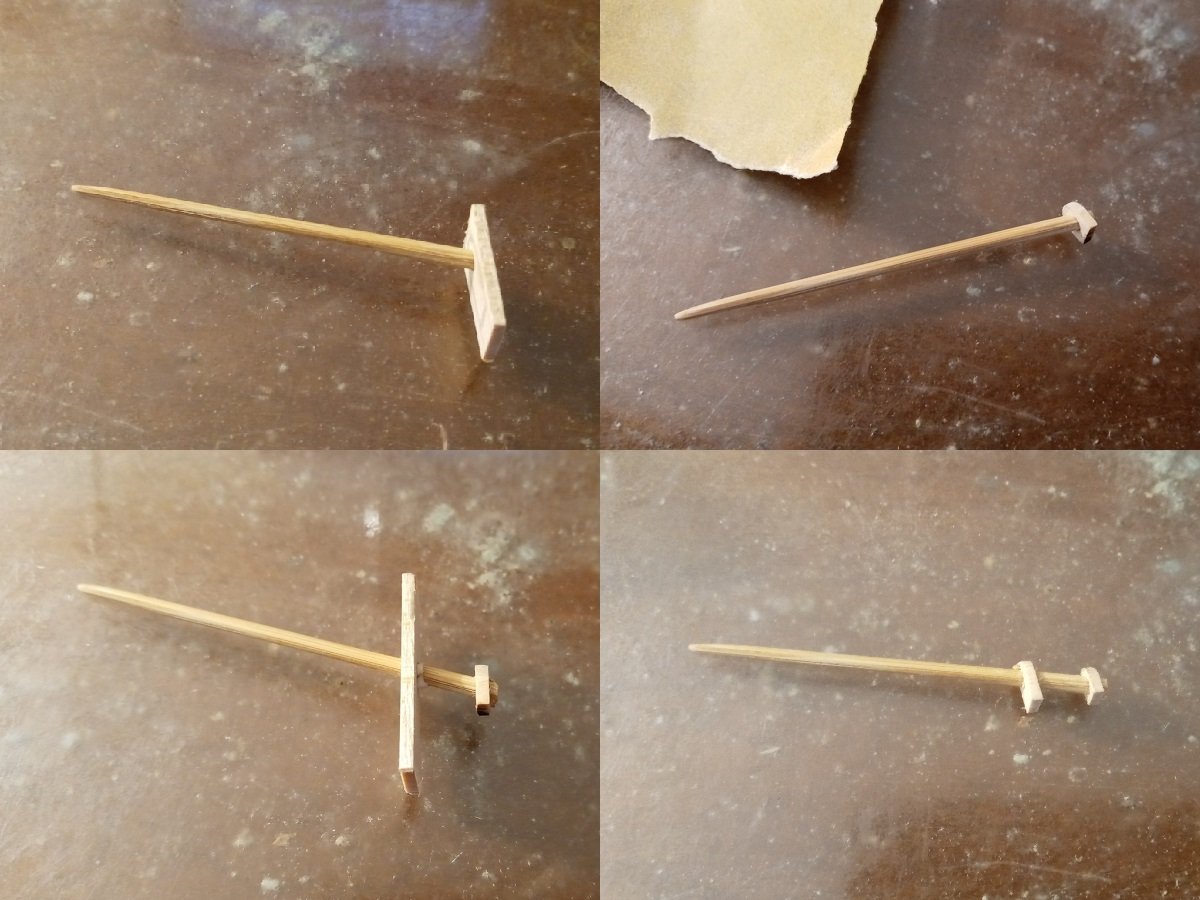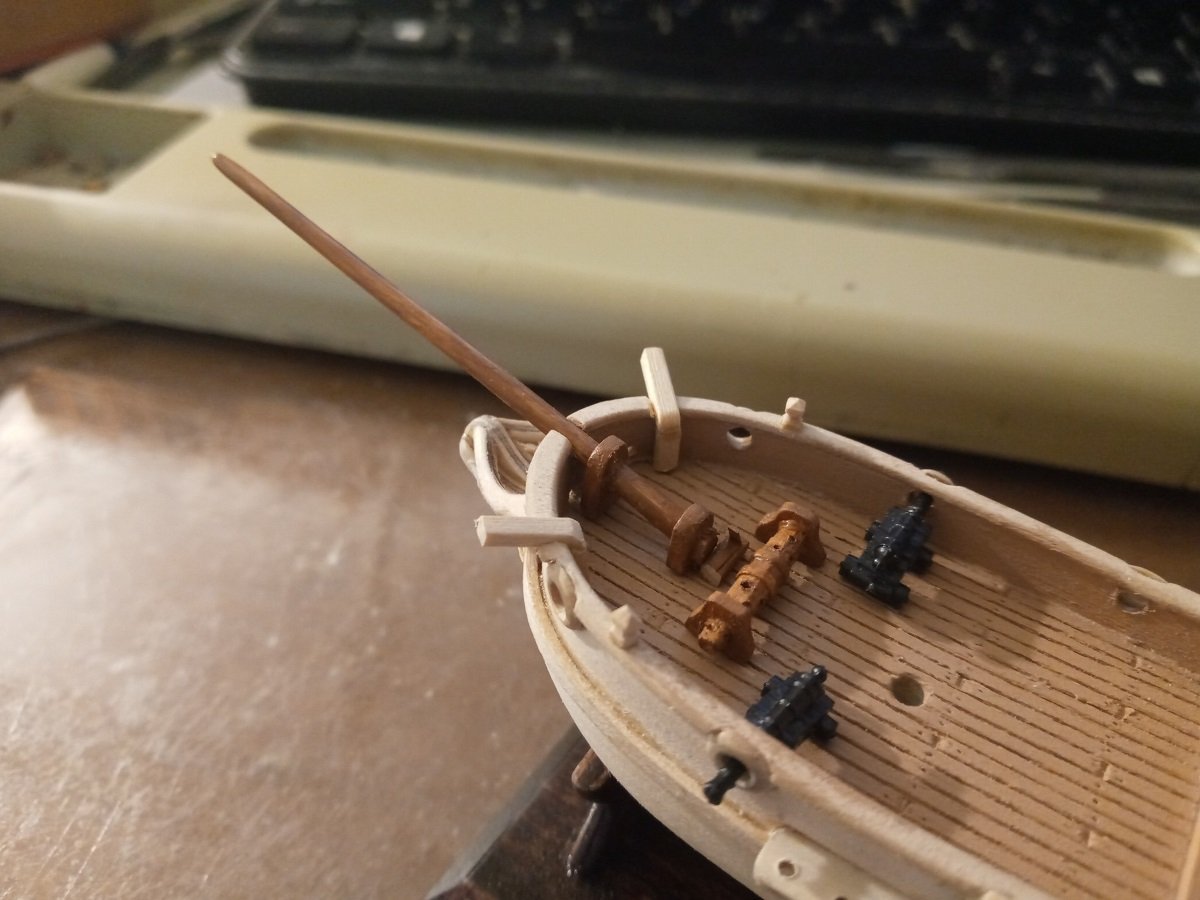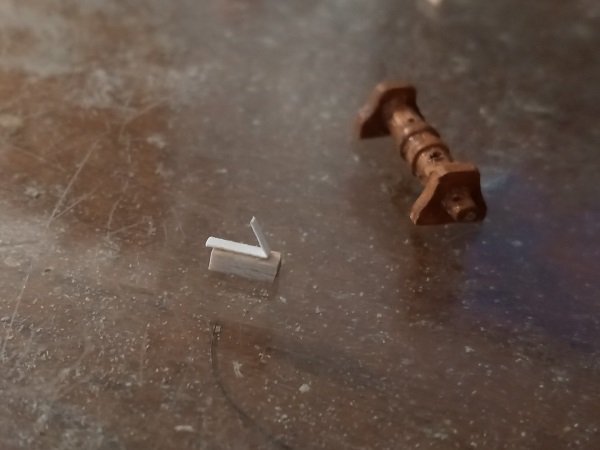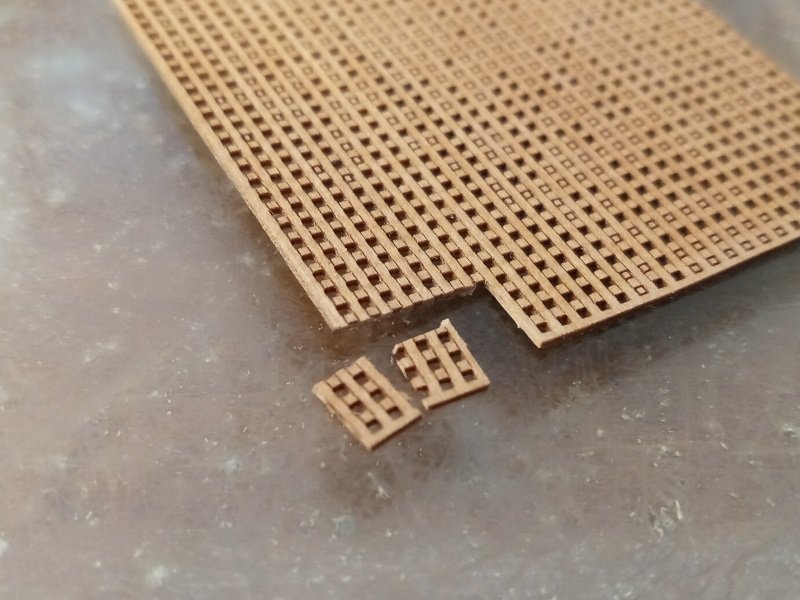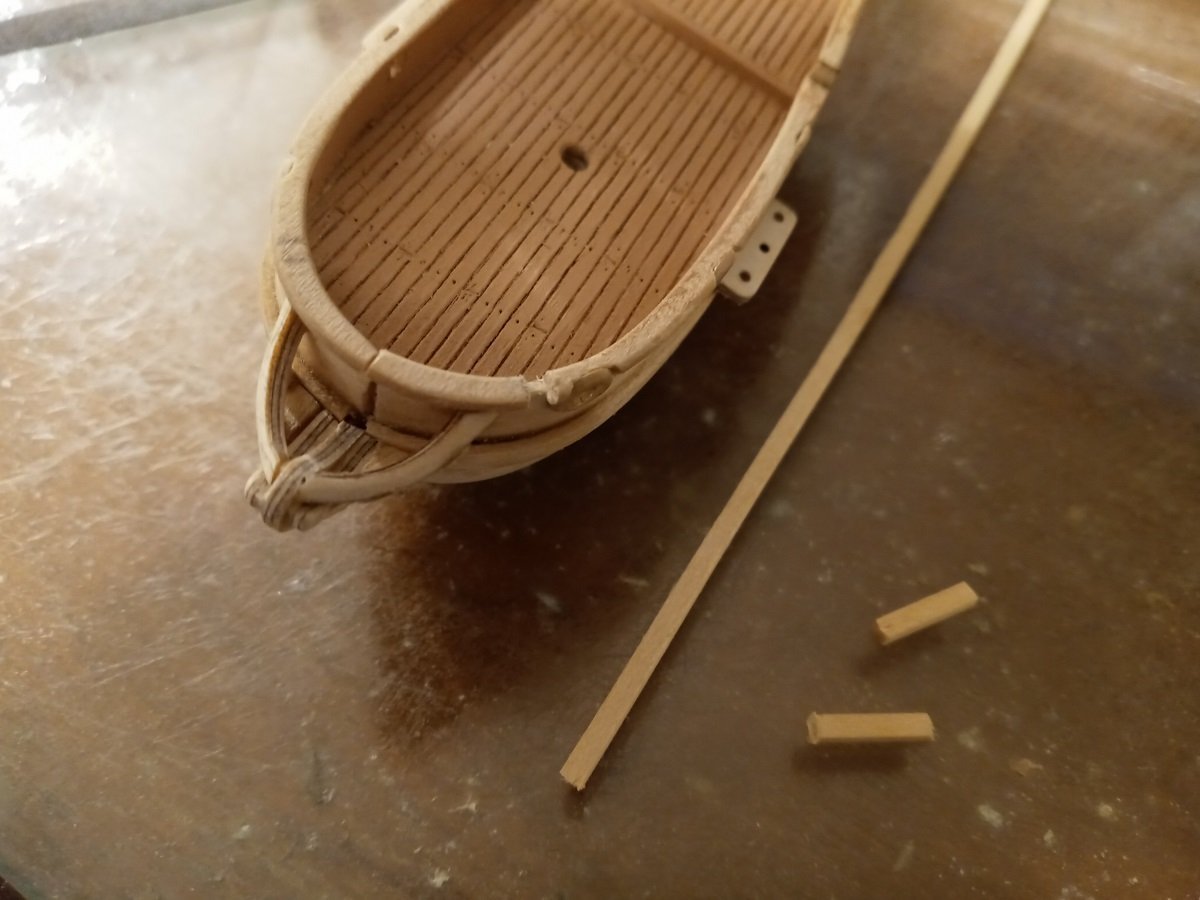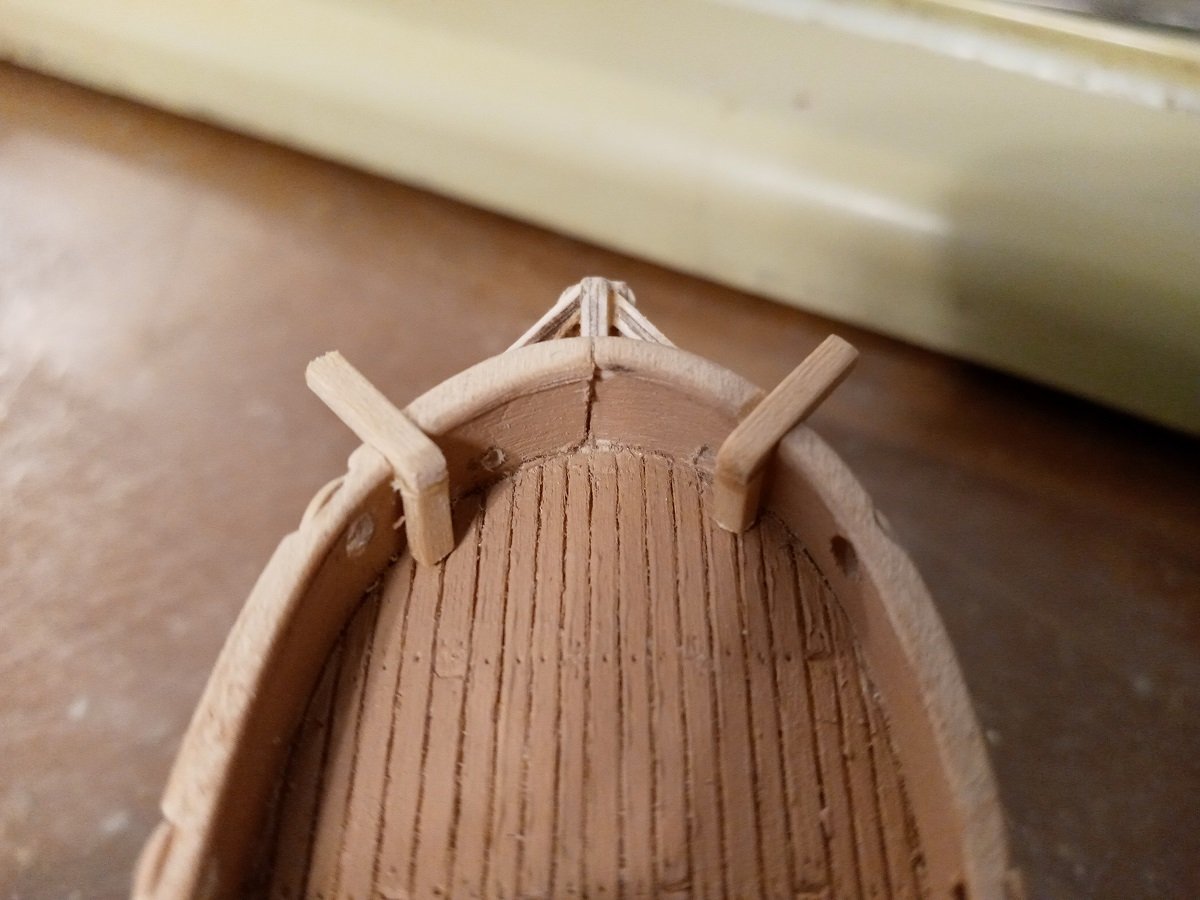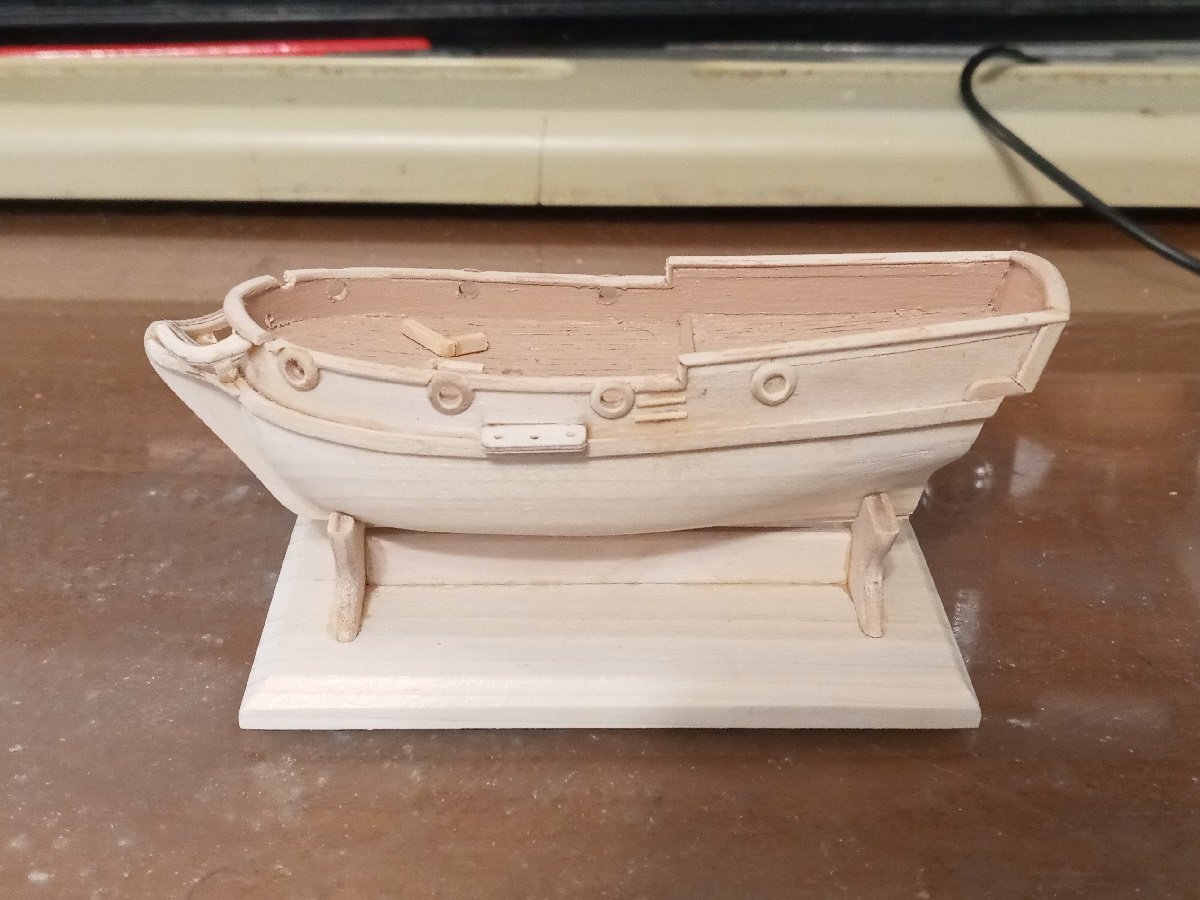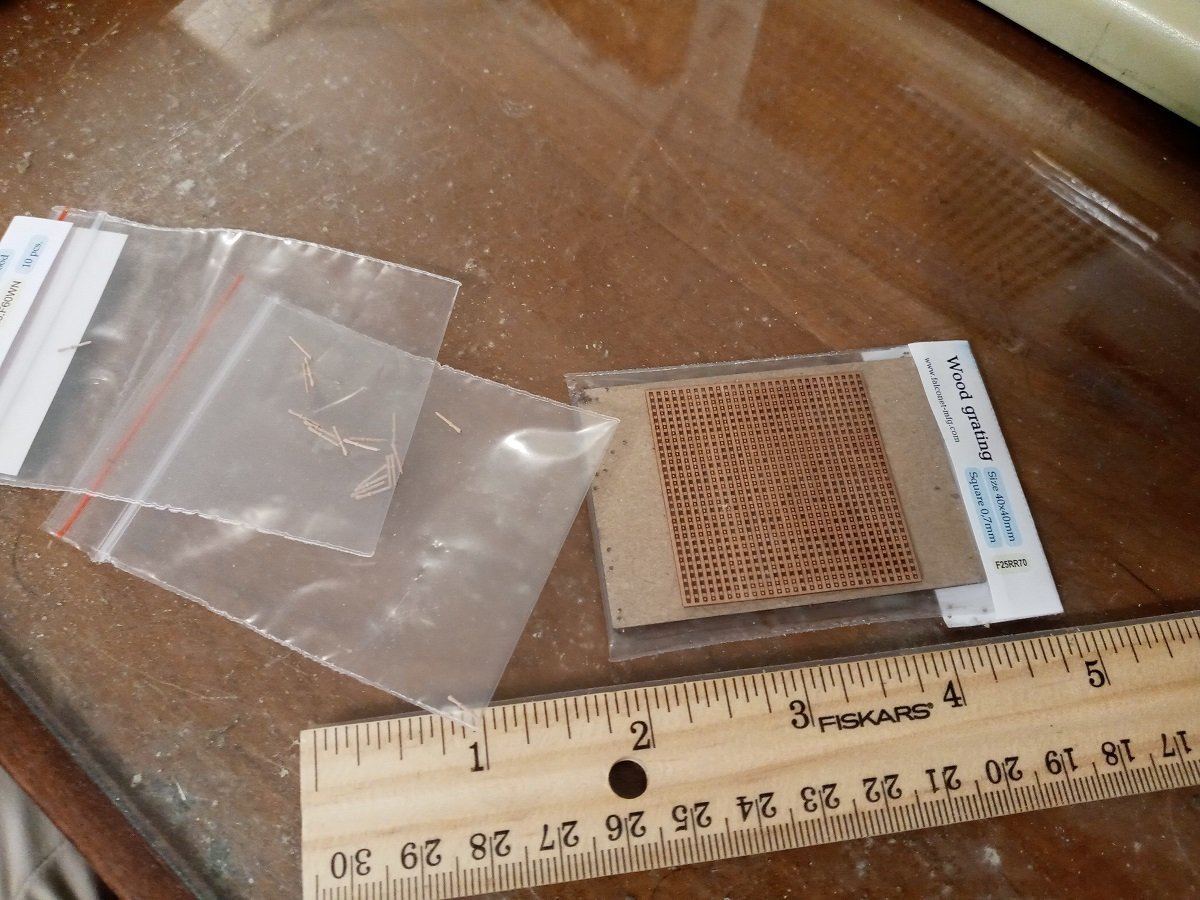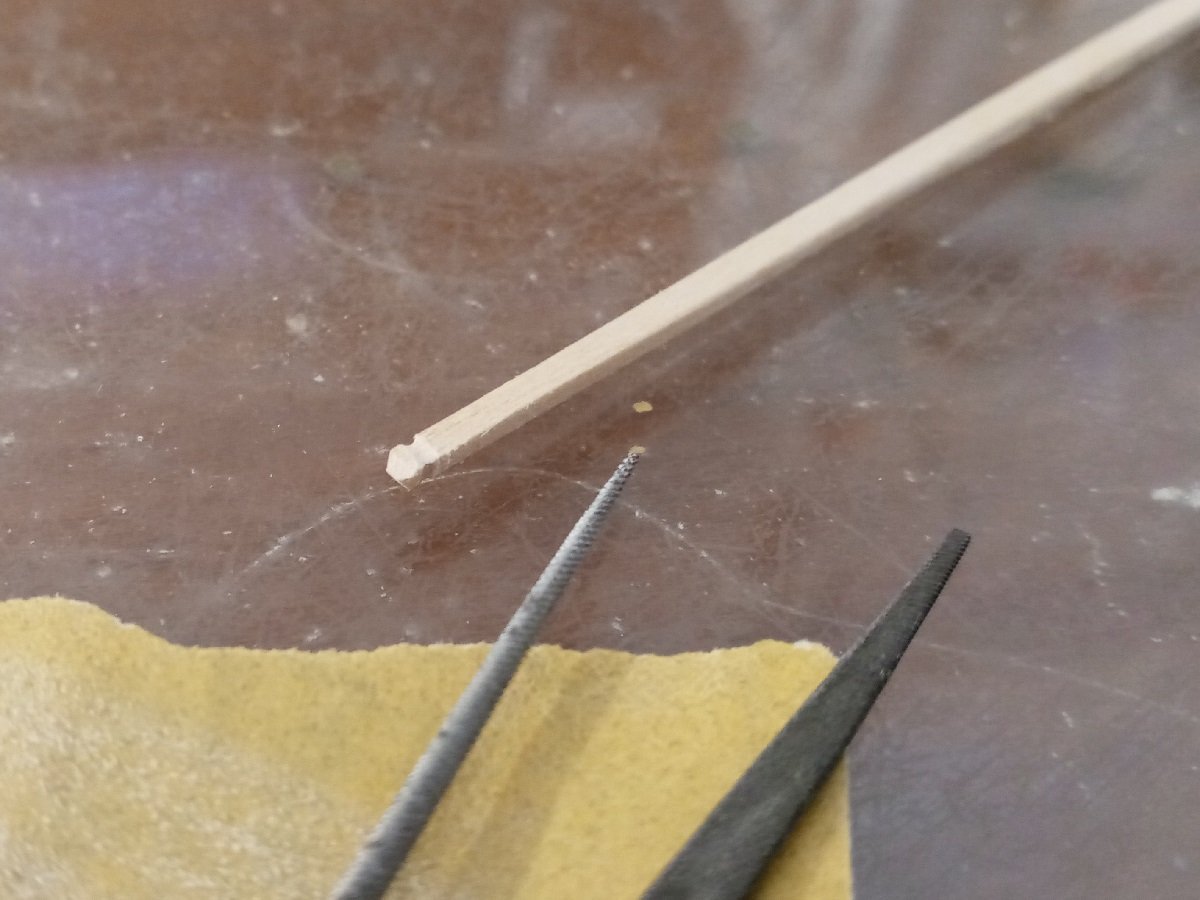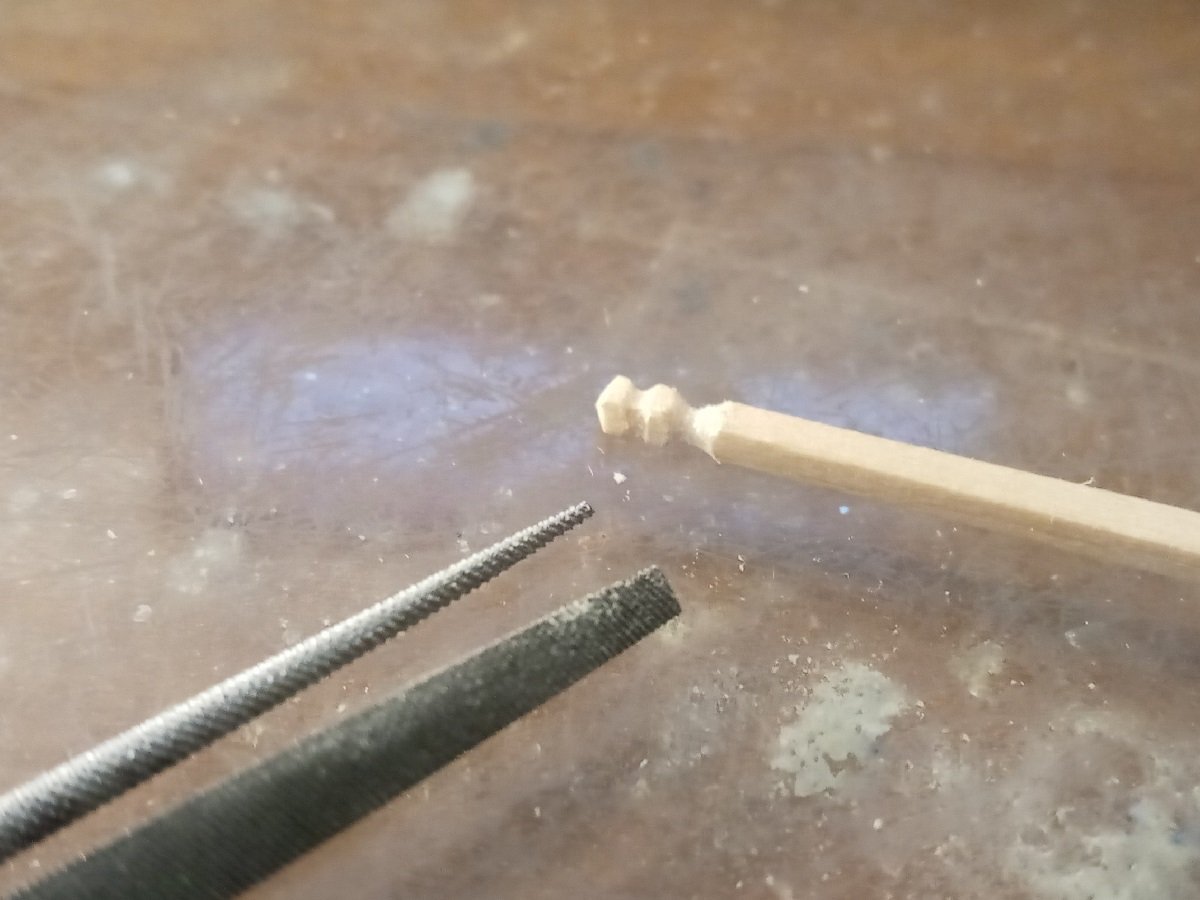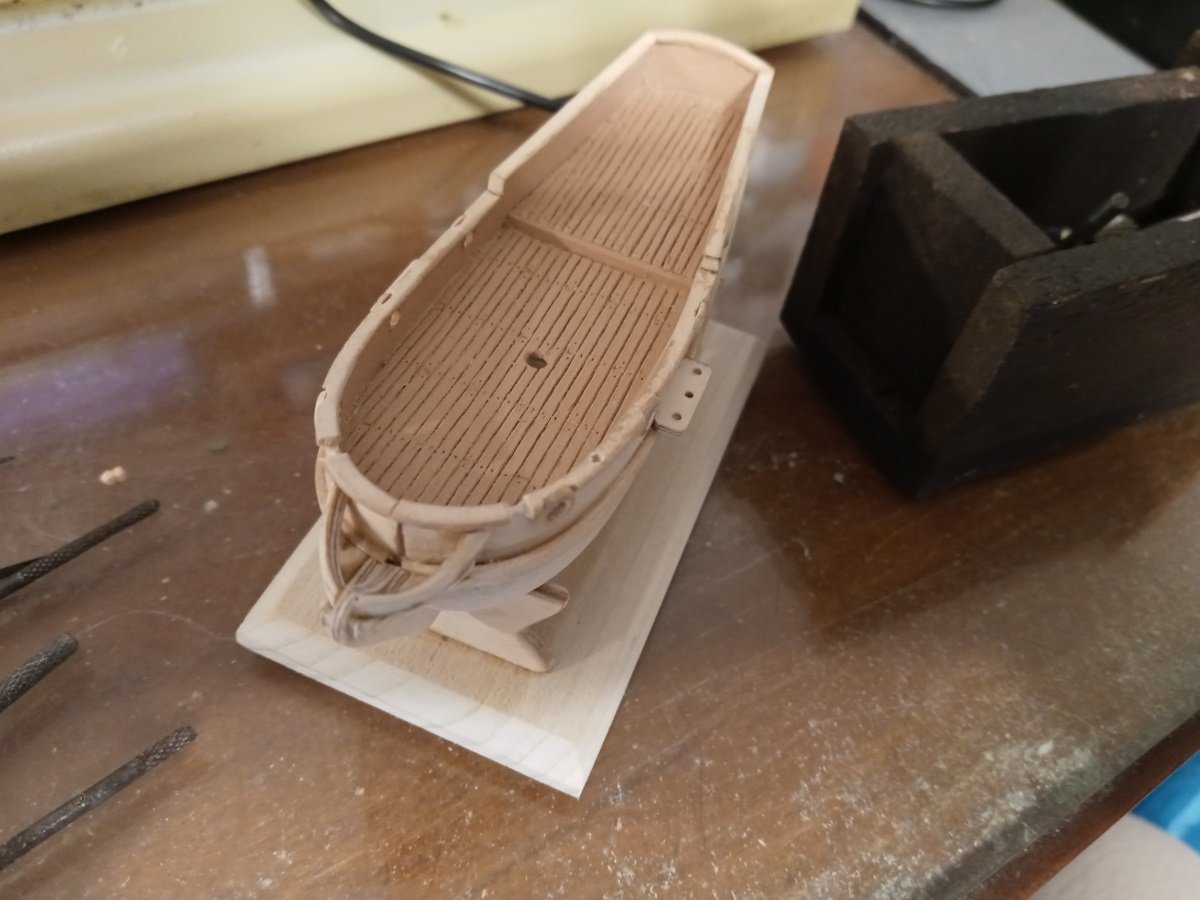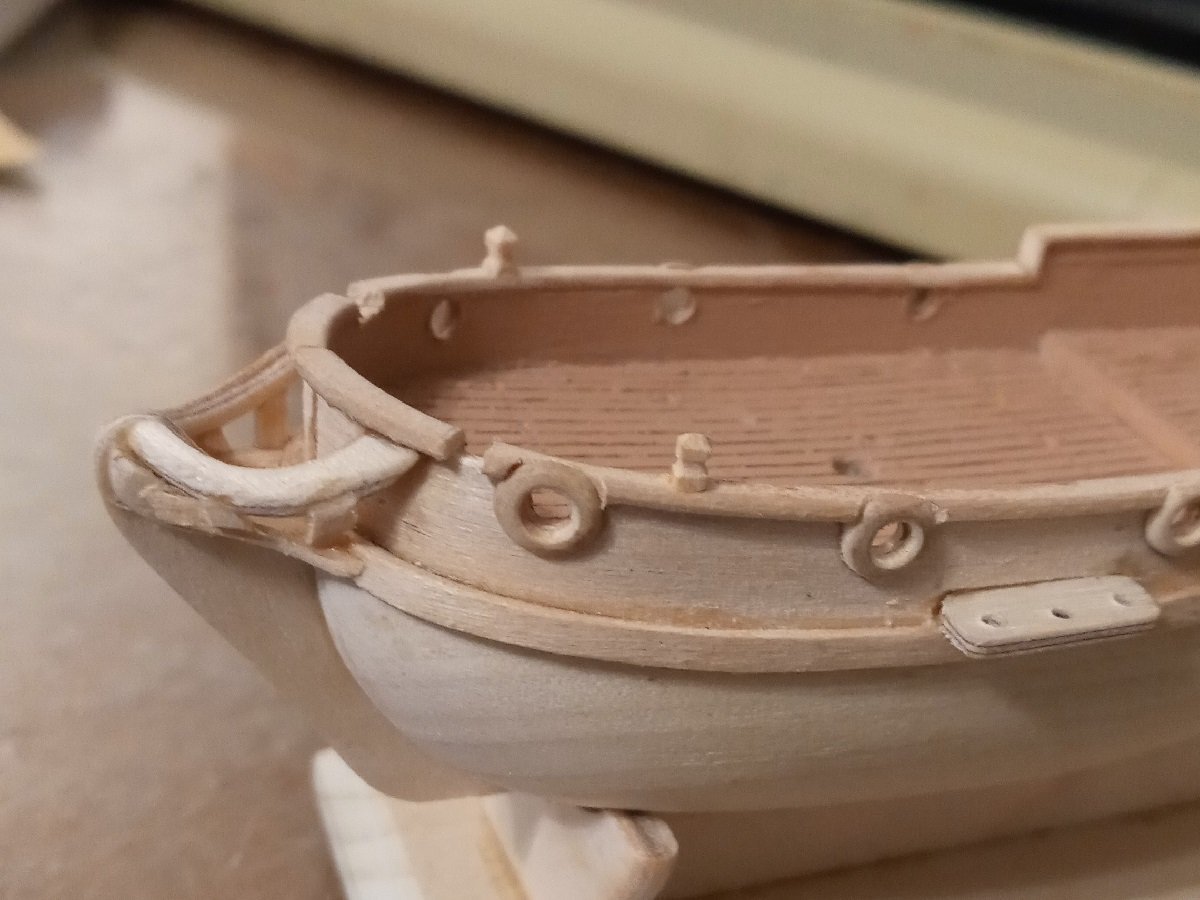-
Posts
63 -
Joined
-
Last visited
Profile Information
-
Location
The Eastern Woodlands
Recent Profile Visitors
The recent visitors block is disabled and is not being shown to other users.
-
 Kenneth Powell reacted to a post in a topic:
HMS Grogblossom c. 1700 by Dan DSilva - 1:128 - hoy - solid hull
Kenneth Powell reacted to a post in a topic:
HMS Grogblossom c. 1700 by Dan DSilva - 1:128 - hoy - solid hull
-
 davyboy reacted to a post in a topic:
HMS Grogblossom c. 1700 by Dan DSilva - 1:128 - hoy - solid hull
davyboy reacted to a post in a topic:
HMS Grogblossom c. 1700 by Dan DSilva - 1:128 - hoy - solid hull
-
 mtaylor reacted to a post in a topic:
Material for small-scale oars
mtaylor reacted to a post in a topic:
Material for small-scale oars
-
 mtaylor reacted to a post in a topic:
Material for small-scale oars
mtaylor reacted to a post in a topic:
Material for small-scale oars
-
 allanyed reacted to a post in a topic:
Material for small-scale oars
allanyed reacted to a post in a topic:
Material for small-scale oars
-
 Keith Black reacted to a post in a topic:
Material for small-scale oars
Keith Black reacted to a post in a topic:
Material for small-scale oars
-
Reason I was leaning toward starting with round rod or dowel is that it's easier to get fast and consistent results than carving each oar individually when I have to turn them out by the dozens. I spent the afternoon thinking about how to expedite making more accurate ones, and right now the idea I have is starting with 1mm square dowel, reducing the shaft and handle with the draw plate, cleaning up with sandpaper, shaving the end of the shaft flat with a knife, and gluing it to a card stock blade. Quick proof of concept made from a toothpick and not to any particular measurements. Problems: The blade has a rib only on one face, and joins the shaft asymmetrically when viewed on edge. I tried cutting slots in the card stock with a Dremel cutoff wheel, but even with a thin wheel, the slots were too large. I suspect a wheel thin enough to make the size of slots I need would crack if I touched it, so right now I'm about ready to stop looking further and accept the drawbacks.
-
 Dan DSilva reacted to a post in a topic:
Material for small-scale oars
Dan DSilva reacted to a post in a topic:
Material for small-scale oars
-
 Dan DSilva reacted to a post in a topic:
Material for small-scale oars
Dan DSilva reacted to a post in a topic:
Material for small-scale oars
-
 Dan DSilva reacted to a post in a topic:
Material for small-scale oars
Dan DSilva reacted to a post in a topic:
Material for small-scale oars
-
 Dan DSilva reacted to a post in a topic:
Material for small-scale oars
Dan DSilva reacted to a post in a topic:
Material for small-scale oars
-
 Dan DSilva reacted to a post in a topic:
Material for small-scale oars
Dan DSilva reacted to a post in a topic:
Material for small-scale oars
-
 Keith Black reacted to a post in a topic:
Material for small-scale oars
Keith Black reacted to a post in a topic:
Material for small-scale oars
-
 mtaylor reacted to a post in a topic:
Material for small-scale oars
mtaylor reacted to a post in a topic:
Material for small-scale oars
-
 Dan DSilva reacted to a post in a topic:
Material for small-scale oars
Dan DSilva reacted to a post in a topic:
Material for small-scale oars
-
 mtaylor reacted to a post in a topic:
Material for small-scale oars
mtaylor reacted to a post in a topic:
Material for small-scale oars
-
 Keith Black reacted to a post in a topic:
Material for small-scale oars
Keith Black reacted to a post in a topic:
Material for small-scale oars
-
I got the Byrne draw plate, but somehow when I split bamboo skewers and draw them, they keep coming out crooked or curved. Maybe it's my technique, I dunno. What has worked is starting with WoodenModelShipKit 1mm ramin dowel. It's still tedious, and it'll cost more in the long run than skewers, but the results are more consistent than sanding by hand and drawing a yard at once makes it faster. I think on balance this is the most optimal way of doing it.
-
 Dan DSilva reacted to a post in a topic:
Material for small-scale oars
Dan DSilva reacted to a post in a topic:
Material for small-scale oars
-
Wow, this kicked off more discussion than I expected. When I mentioned "a draw plate made for wood" I was thinking specifically of this one from Micro-Mark, which says it "is designed specifically for shaving wood." It's more expensive than I'm used to paying for tools, but if I get much use out of it, it may be worthwhile. The projects I have planned will require well over a hundred oars, totaling about five meters worth of shafts. I wrote to Micro-Mark and they just got back to me yesterday. They were skeptical about whether bamboo would work with a draw plate, but given that other people have done so, I'll probably give it a try once I've saved up a bit. The Byrnes plate sounds good and is less than half the price of the Micro-Mark, but its holes start at a much smaller size. Using it with 1/8-inch skewers would require reducing them in diameter first. It could probably work with toothpicks, but since skewers are about five times as long as toothpicks, it would be more efficient to use skewers with a plate that's large enough for them, unless their length makes them prone to breaking when they start getting very thin.
-
 Dan DSilva reacted to a post in a topic:
Material for small-scale oars
Dan DSilva reacted to a post in a topic:
Material for small-scale oars
-
 Dan DSilva reacted to a post in a topic:
Material for small-scale oars
Dan DSilva reacted to a post in a topic:
Material for small-scale oars
-
 Dan DSilva reacted to a post in a topic:
Material for small-scale oars
Dan DSilva reacted to a post in a topic:
Material for small-scale oars
-
Had another idea recently: Prior to starting this thread I had been making oar shafts out of disposable 1/8-inch bamboo grilling skewers by splitting them with an X-Acto and shaping with sandpaper. Aside from being tedious, it's tricky to get the resulting rod a consistent thickness and keep the cross section round when I'm bringing them down to half a millimeter, which is why I was asking about premade products, but bamboo is really an excellent material for oar shafts this small once it's prepared. Would a draw plate made for wood be able to reduce the thickness faster and produce better consistency? It sounds good in theory and there are a couple of these on the market, but I don't know whether they work with bamboo.
-
I'm starting full-time student teaching in a few days, so this'll probably be the last update for some months -- possibly the last of the year. The cheeks are a single layer of basswood. I briefly considered cardstock, but they need to be thick enough to support the trestle trees. Cheeks after cutting with the Dremel wheel and fine-tuning with sandpaper and files. Using the ratio barkeater provided for me here, I traced the top onto plywood. The trestle trees are basswood and the cross trees are very thin bamboo that I originally prepared for oars. Having filed slots for the shrouds to go through, it was now necessary to hold the masts in place while the glue dried -- luckily they're so close together that a single piece of cardstock was enough to do the trick. Marking the trestle trees for the cross tree notches. At this point I had the miserable realization that since I hadn't cut tenons on the masts for the cheeks to sit in, they would stand out far enough to block the slots for the shrouds. So I had to use a tiny needle file and riffler to widen the slots. Took a long time but I think this'll be sufficient. Not wanting to be bothered with a vise, I set the Dremel between some heavy books to hold it in place. Sloped sides on the top produced by rotating it in gentle contact with the sanding barrel. To get the right curvature for the rail, I rolled a small piece of cardstock around the top and traced it. This initial piece became the guide for tracing the final piece. I "broke" the rail by wrapping it around a pencil. Finding the right length to trim it to. I glued the rail down a little at a time so that it wouldn't spring away, similar to adding the deck rails. When I was done I found I'd somehow cut it too short, so an additional piece of card needed to be trimmed precisely to shape with my sharpest scissors to cover the gap. The ribs are a thin strip cut from a card with a desktop paper trimmer. Mast, fully assembled. With a solid hull you can mark the deck level on the mast by putting it in its hole and rotating it against a pencil point. Then it's time to paint. Current state of completion. The deck fittings still aren't glued down, that's why the grating, windlass and pawl are kind of jumbled.
-
Estimating the size of a mast top
Dan DSilva replied to Dan DSilva's topic in Masting, rigging and sails
Thanks, that looks like what I'm looking for! Topmast is a bit less than 53mm, at that ratio the top would be a bit less than 15mm. At 1:128 that makes it about 6 feet across. Bit cramped with the mast right in the middle of it, but I guess it would be wide enough to stand on. -
Hello again, The Grogblossom's been stalled a long time largely because I had a bunch of other things to do over the summer, but I've got a free week and I'd like to at least get the mast ready for assembly. Is there a way to work out the width of the top platform? If it makes any difference, the boat will have only one mast, which (if it were real) would be about 45-50 feet tall, with a topmast and topsail, and right now I'm planning on the top being a round 17th-century style with a rail, but I have no problem changing it if evidence suggests that a boat of this kind should have a different style of top or none at all.
-
Before doing any further assembling, I thought it was time to paint the hull. Marking the waterline. After painting the bottom, I realized there should be a black middle stripe. On the upper half, I began painting the sides, then realized I was more likely to slop paint down from the raised details onto the sides than the other way around. I believe this photo bears that out. It took a lot of adjustment, especially along the waterline and among the crevices of the beakhead, to get it looking passable. Not perfect, but just... not extremely uneven. The Craft Smart outdoor acrylic is a bit thick and gets blobby when layers accumulate, further contributing to the model's crude appearance. However, I think thinning it down would just require that I paint even more layers to cover up underlying paint while making adjustments. I would use scotch tape along the waterline, but it tends to rip up the paint when removed if it's pressed down tightly enough to prevent paint from getting under it. Also, the Craft Smart is too glossy IMO. I'm kind of locked into it for the Spanish Succession fleet if I want the ships to match, but for everything else I'm going to look into a different product. Wondering if the stem should be black between the waterline and beak? I began working on the tiller earlier. It's 0.8mm solid round brass rod. One end is sharpened to fit into a tapered hole at the top of the rudder. After lightly sanding it to remove any factory coating, I shaped it with round pliers. The only primer the local store had that they said would allow me to paint acrylic on metal was spray-on, so I embedded the sharp tip of the tiller in an old block of floral foam so it wouldn't have to lie on its side and wind up swimming in primer. This seems to work. If I'm successful at fabricating brass oars, I'll use this method with them too. Dry-fitting the tiller. I left the point unpainted and unprimed on the theory that the fewer layers there are between one thing and another when they're glued together, the fewer layers there are that might delaminate, the less chance the bond will fail. I didn't manage to paint down to the line where the tiller will be embedded, but it can be painted after glueing, which will also mean any exposed superglue (which is super-glossy and looks terrible) will be painted over. Next up I really need to get around to locating and drilling the holes for the bilge pump and anchor cables, and start assembling the mast. I've got the cap, lower and top masts shaped, but for some reason the top and trees are intimidating me.
-
Stand's finished. I'd have liked to make an authentically-detailed thing that goes clink (seriously what is the word for that?) but I just can't construct a box that's only two millimeters wide. Un-blanking the rudder blank. The hinges are card stock and the hinge pins are tiny bits of sanded-down bamboo. Trimmed. And glued. Glueing and trimming down the bowsprit supports. The trimming was largely carried out with a Dremel cutoff wheel and then finished with 320-grit paper. Notch added to the bow rails, and the bowsprit and deck fittings dry-fitted. The forecastle (is it a forecastle if the deck isn't raised?) is gonna be cramped. Hopefully they won't be forced to fire cannon and weigh anchor at the same time... Cutting the grating that's going to go under the windlass demonstrated that this commercial grating is very delicate. Luckily I only need to cut a few pieces, and since it's raw wood, broken bits can be glued back together. That's all for now.
-
More anchor stuff. Fabricating the catheads. The asymmetries are compounding because of further screwups. Not glued into place yet, I'm saving that for after both they and the railings are painted. As you can see, the hawse holes are also drilled. Reworked and glued up the display. Piece of grating and 20 belaying pins arrived from Crafty Sailor. The pins require a 1/64" drill bit -- I'm not even sure any of my drills will hold one that small, in any case the bit itself will have to be a special order because stores around here don't stock them. The bannisters (?) for lashing up the anchors. As before, the design is based on the ones on Baksa Béla's Bermuda sloop. Wanted the bottoms of the posts to be set into the railings a bit, so they're conical. Making the attachment holes with more needle files and handheld Dremel bits. (Mast hole is looking wildly off-center in this photo. It isn't actually.) Posts glued. That's all for now. What I'm a bit concerned about in the immediate future is how I'm going to drill or chisel holes for the anchor cables to go into under the windlass. Also, really gotta get around to shaping the bowsprit supports and making the thing with the board that sticks in the windlass teeth.
-
The styrene arrived. It's much, much more flexible than I expected. I could almost imagine tying the half-millimeter rod into a knot. Of course, it'll be a little stiffer over very small dimensions, but right now I'm having a hard time imagining how to work with it -- especially the sheets -- so I'm starting to lean more toward using the brass.
About us
Modelshipworld - Advancing Ship Modeling through Research
SSL Secured
Your security is important for us so this Website is SSL-Secured
NRG Mailing Address
Nautical Research Guild
237 South Lincoln Street
Westmont IL, 60559-1917
Model Ship World ® and the MSW logo are Registered Trademarks, and belong to the Nautical Research Guild (United States Patent and Trademark Office: No. 6,929,264 & No. 6,929,274, registered Dec. 20, 2022)
Helpful Links
About the NRG
If you enjoy building ship models that are historically accurate as well as beautiful, then The Nautical Research Guild (NRG) is just right for you.
The Guild is a non-profit educational organization whose mission is to “Advance Ship Modeling Through Research”. We provide support to our members in their efforts to raise the quality of their model ships.
The Nautical Research Guild has published our world-renowned quarterly magazine, The Nautical Research Journal, since 1955. The pages of the Journal are full of articles by accomplished ship modelers who show you how they create those exquisite details on their models, and by maritime historians who show you the correct details to build. The Journal is available in both print and digital editions. Go to the NRG web site (www.thenrg.org) to download a complimentary digital copy of the Journal. The NRG also publishes plan sets, books and compilations of back issues of the Journal and the former Ships in Scale and Model Ship Builder magazines.


